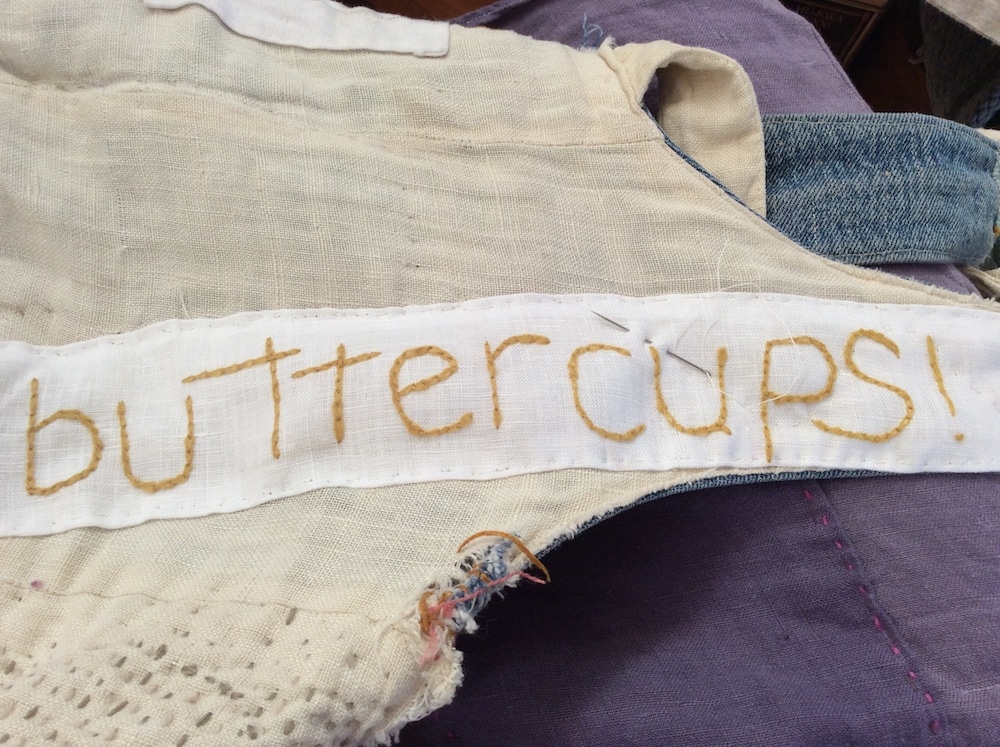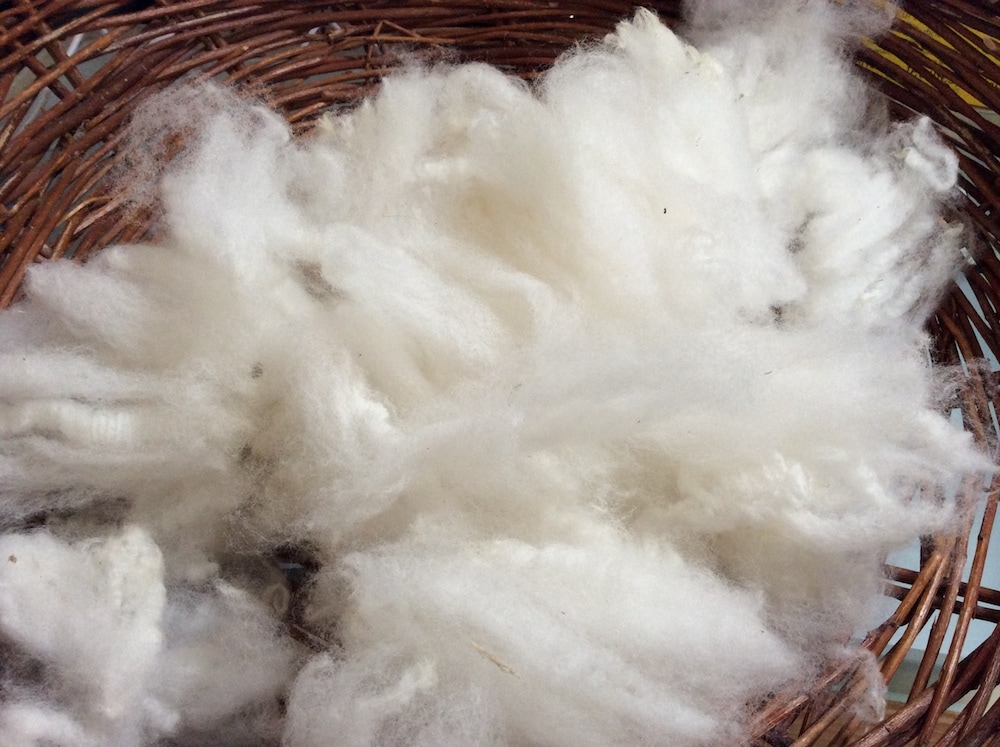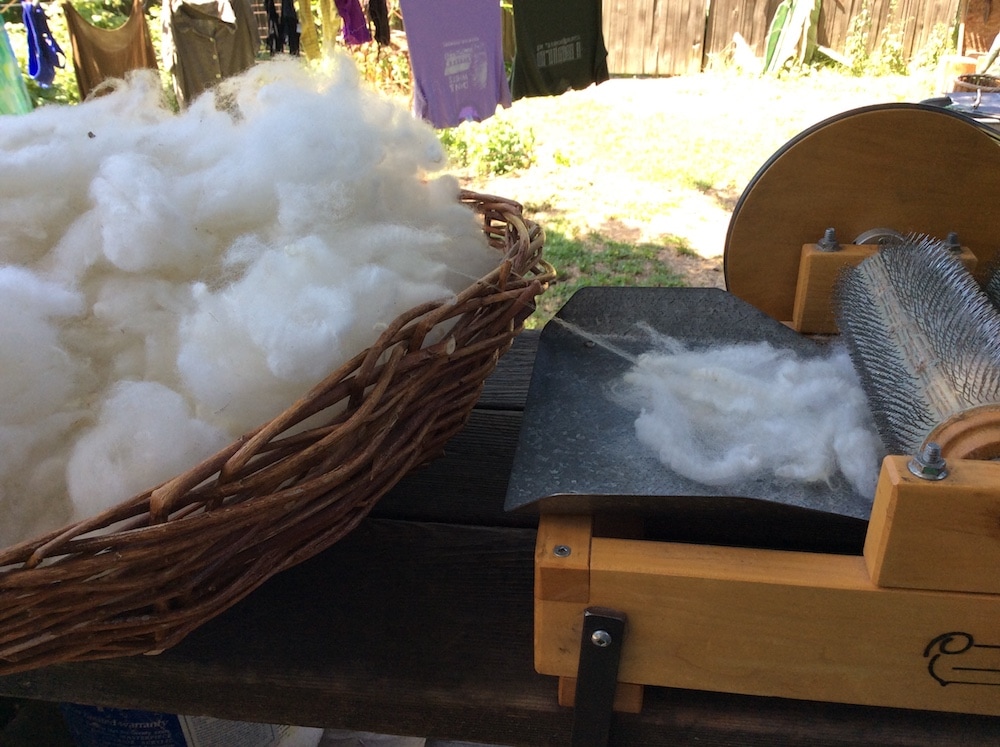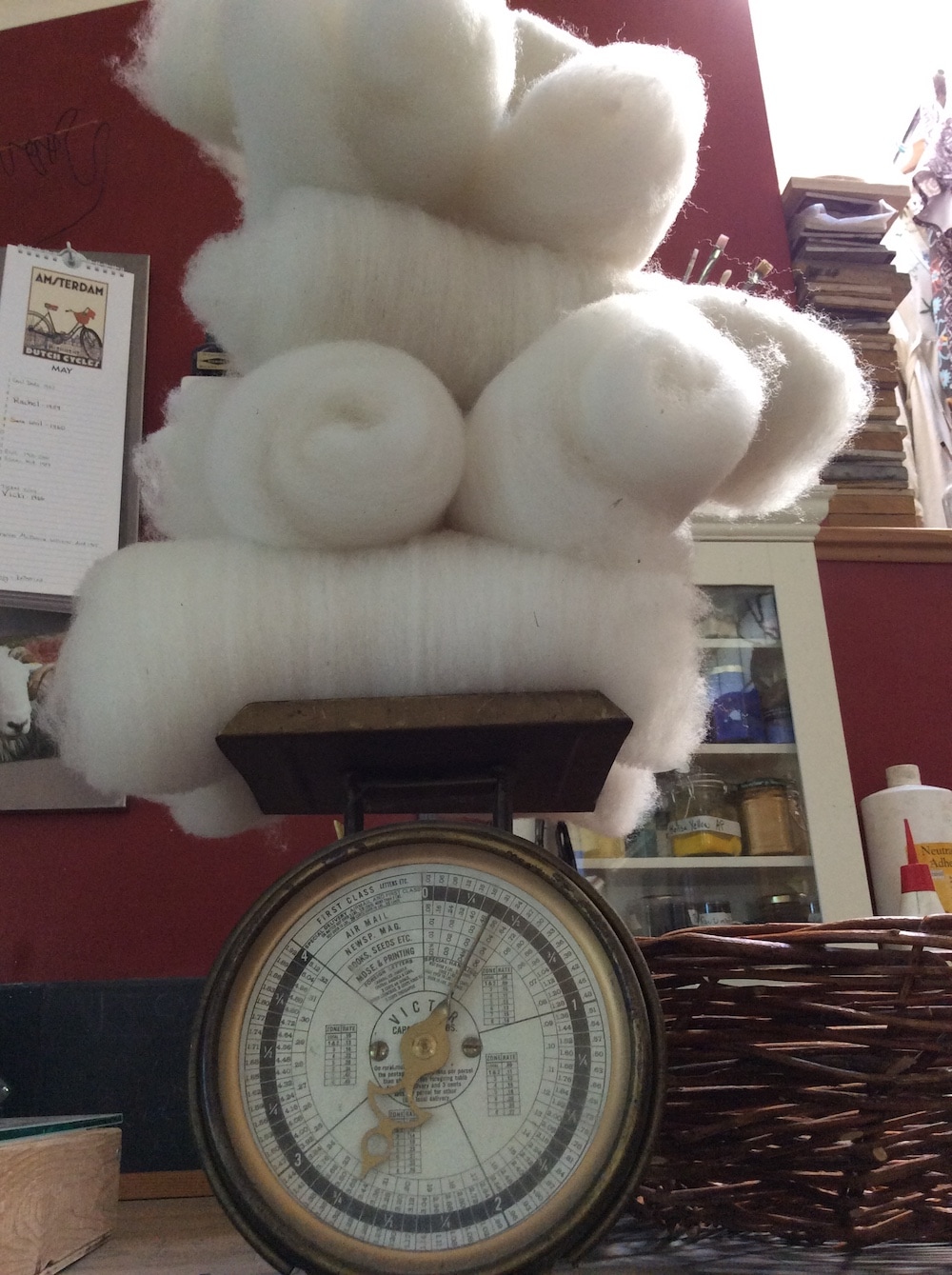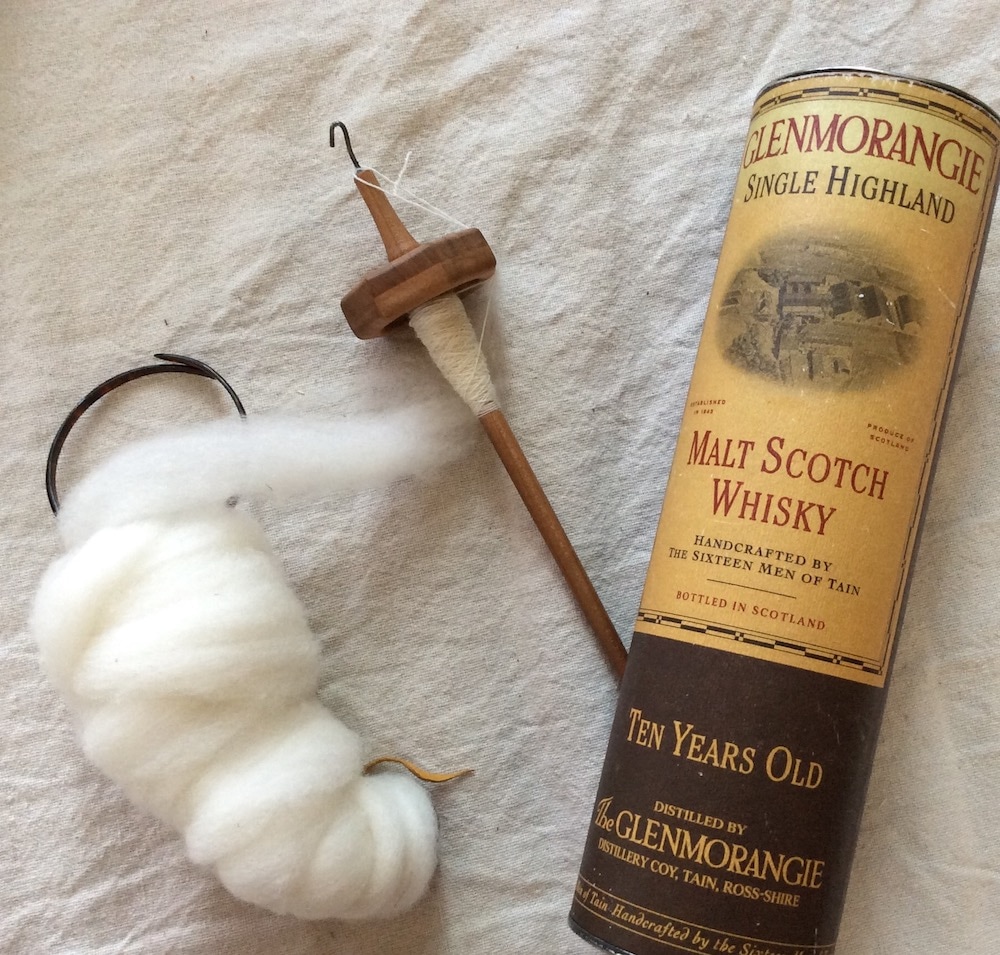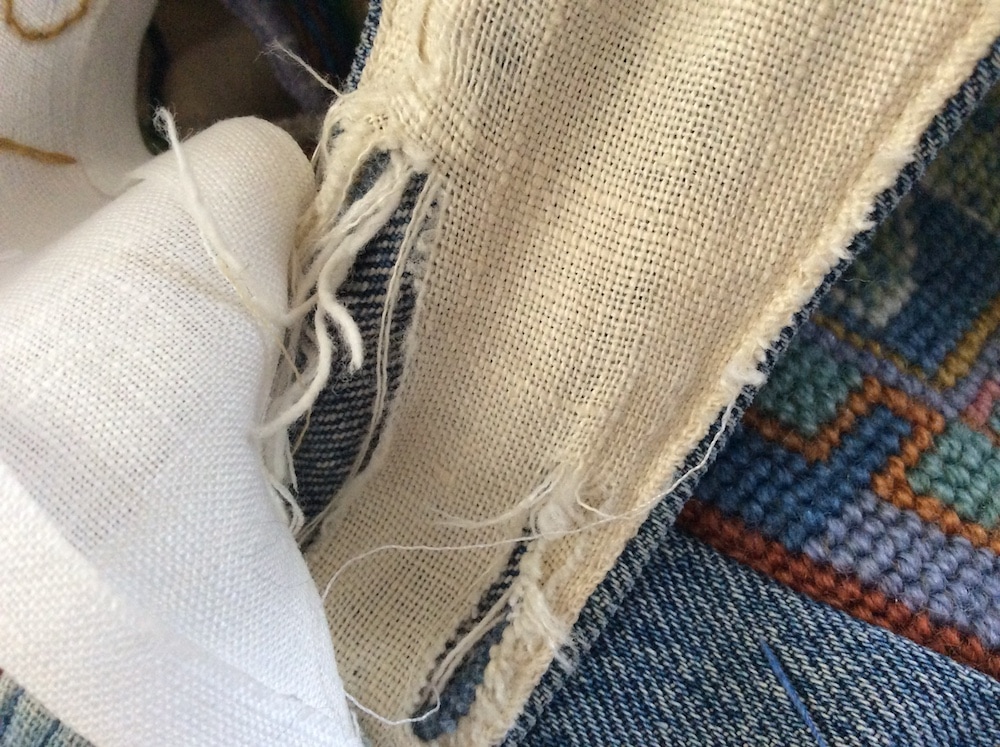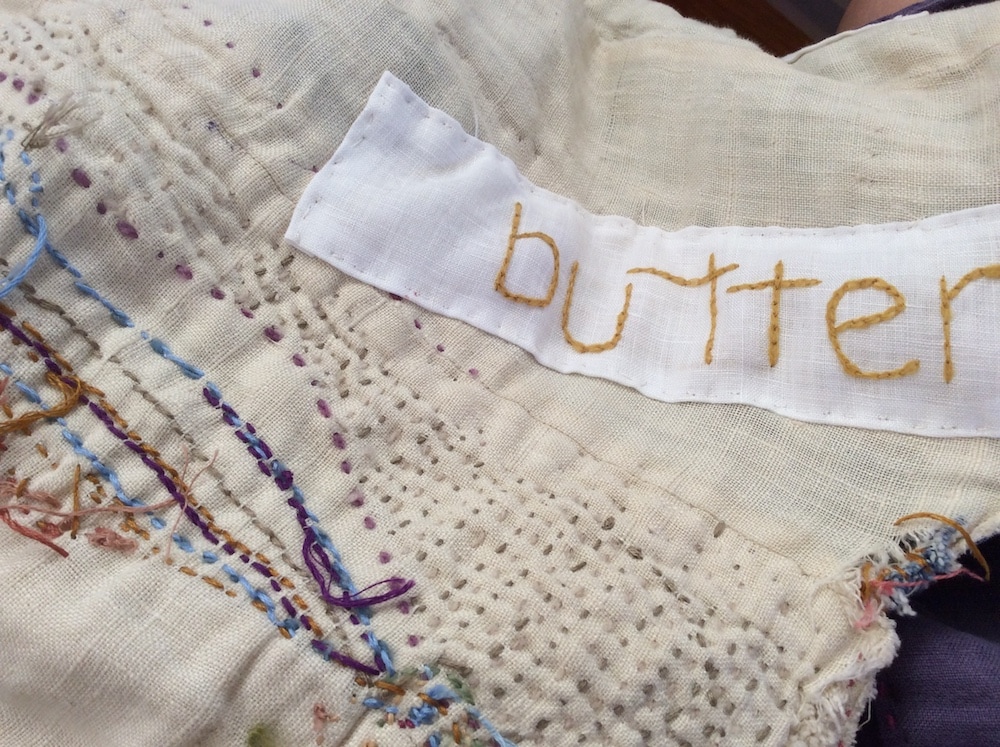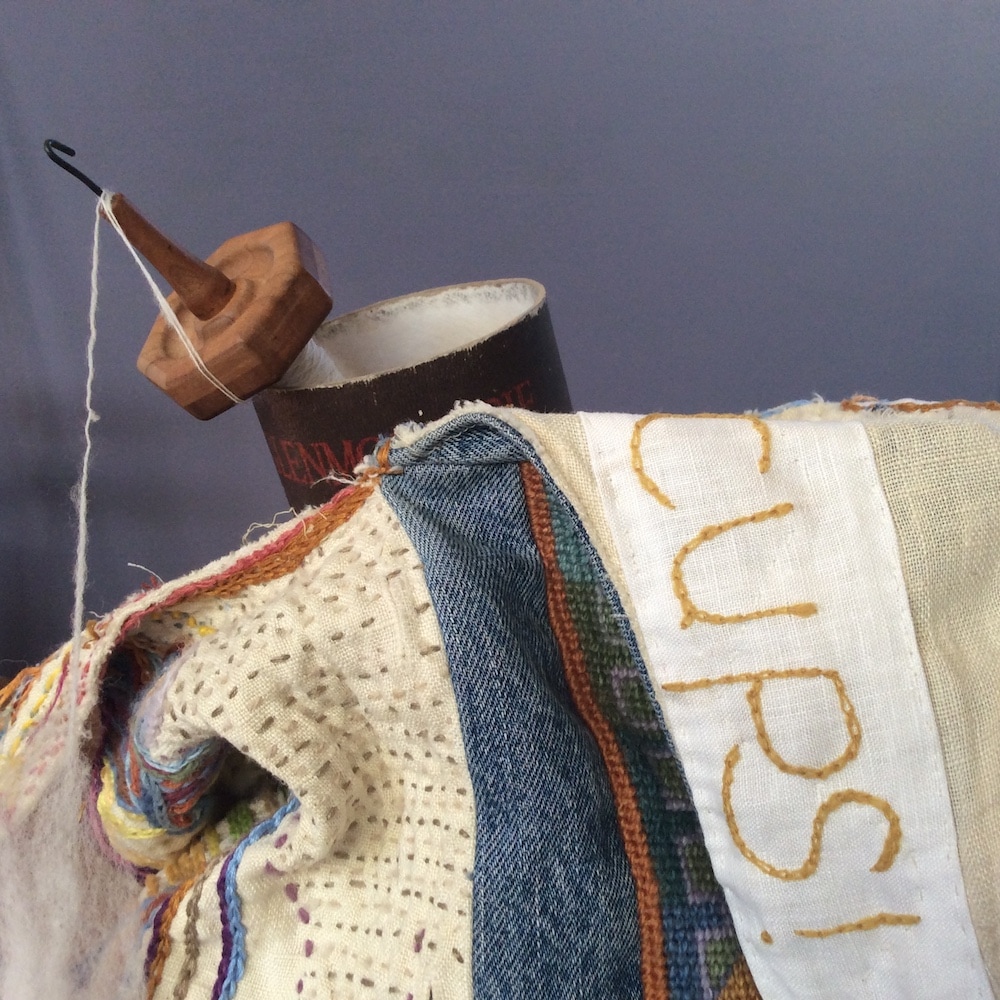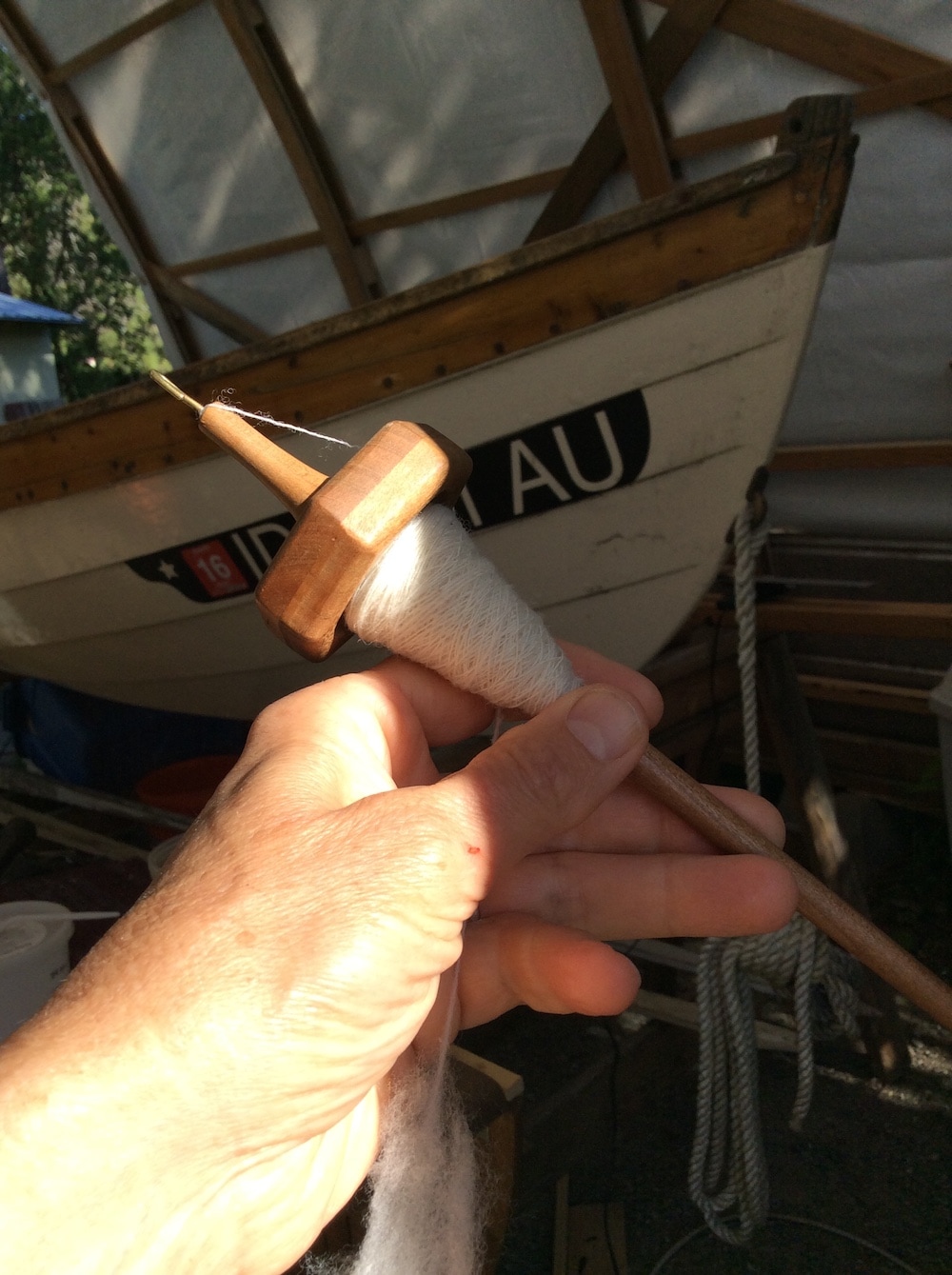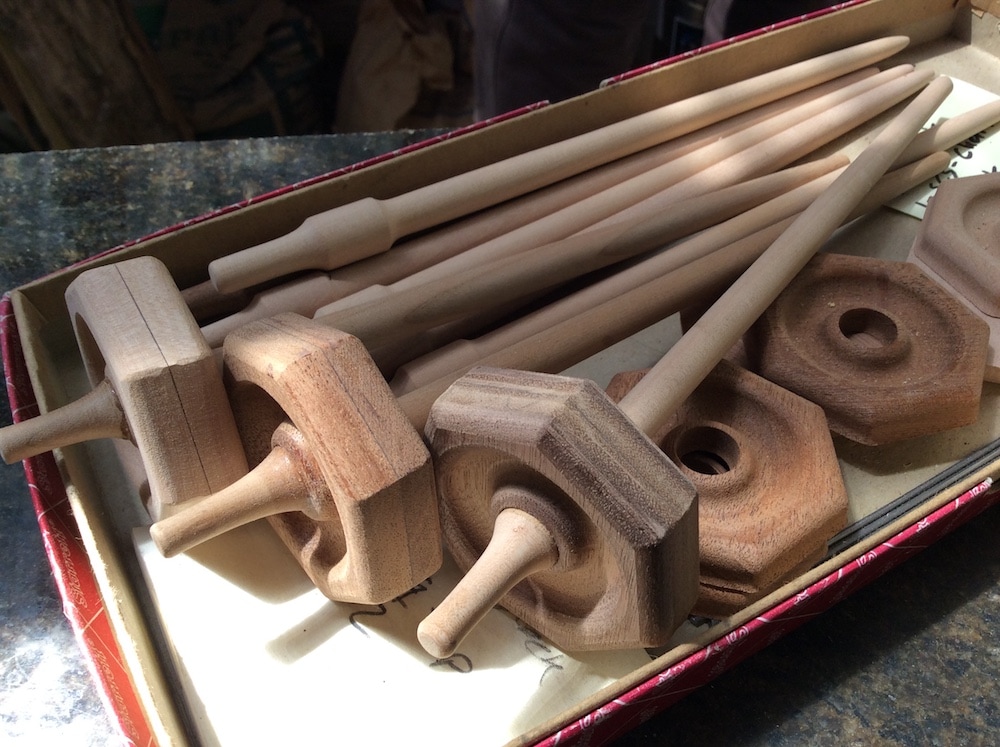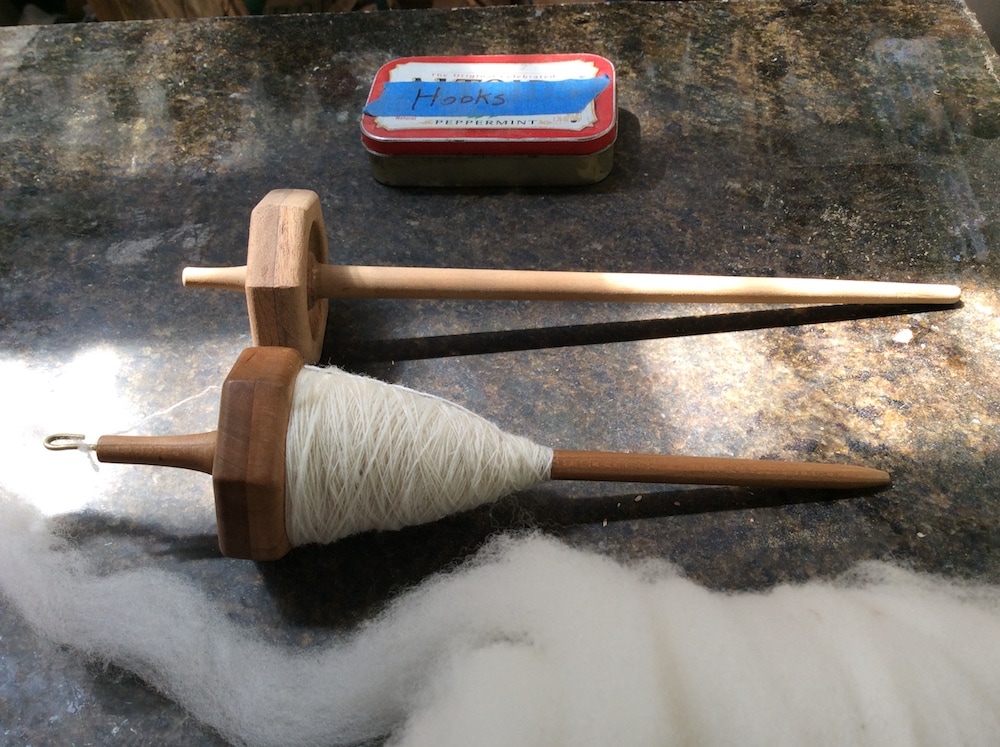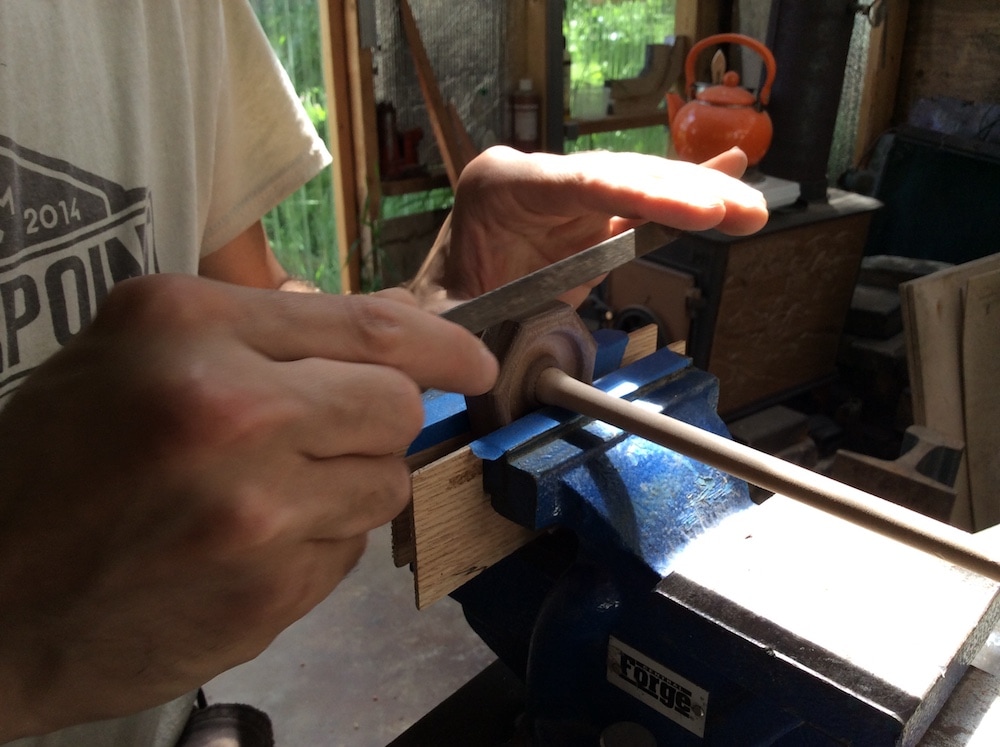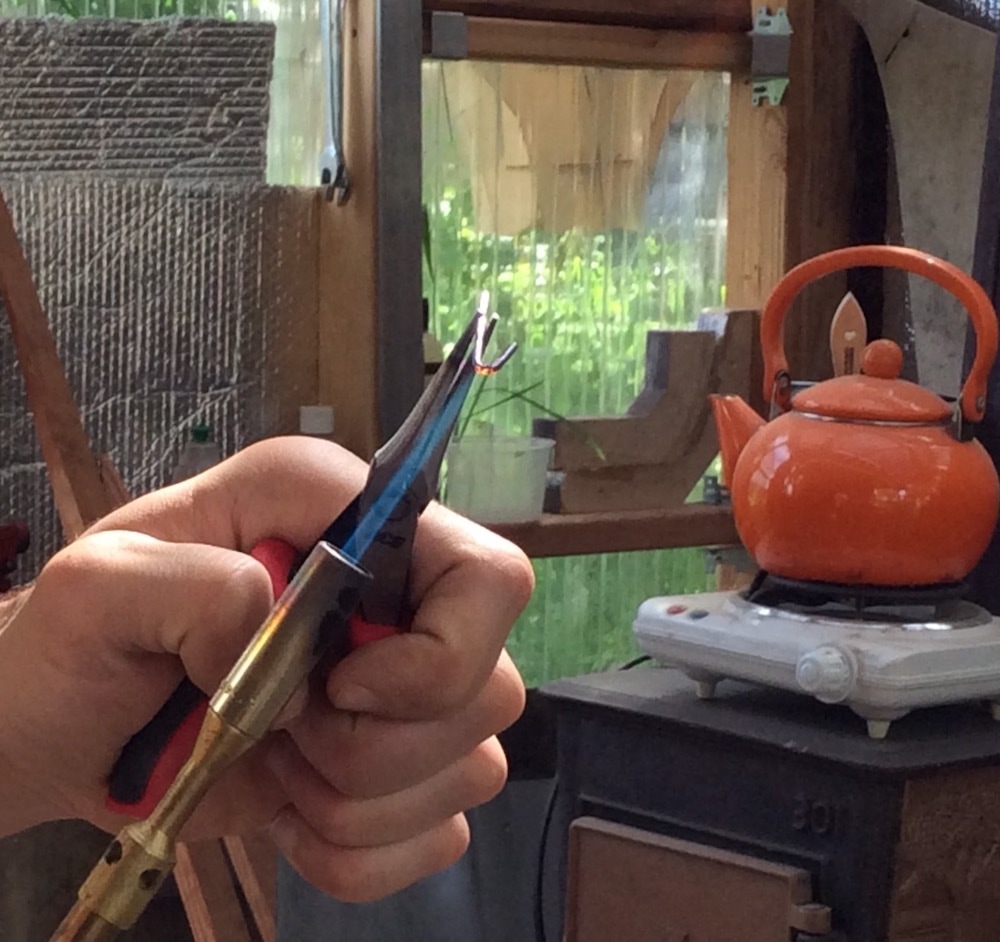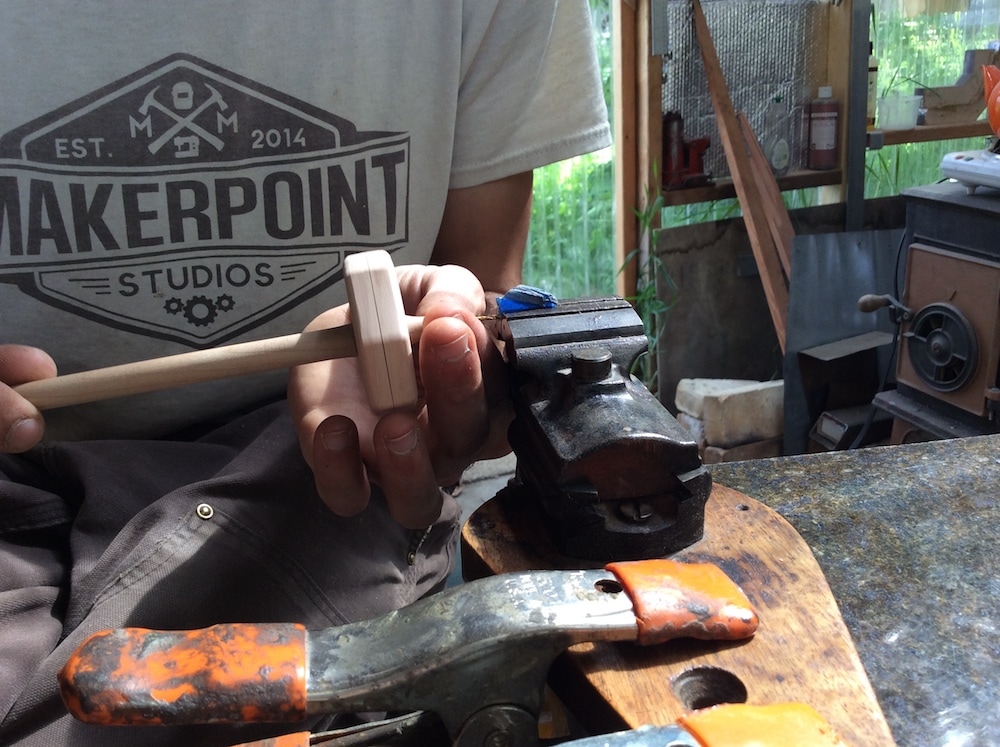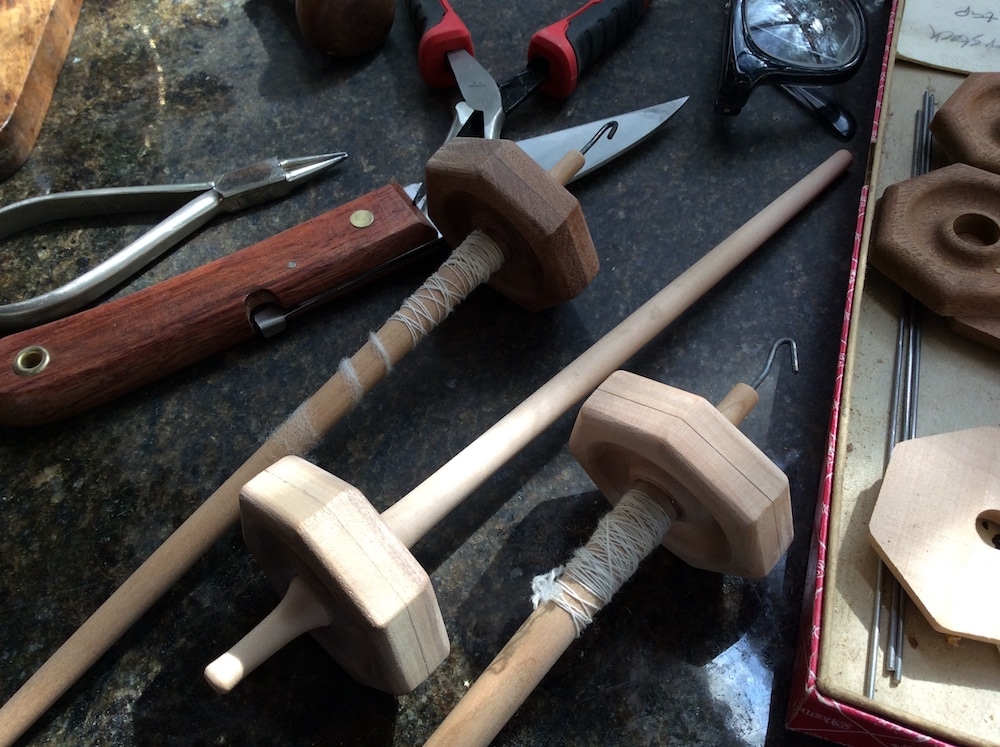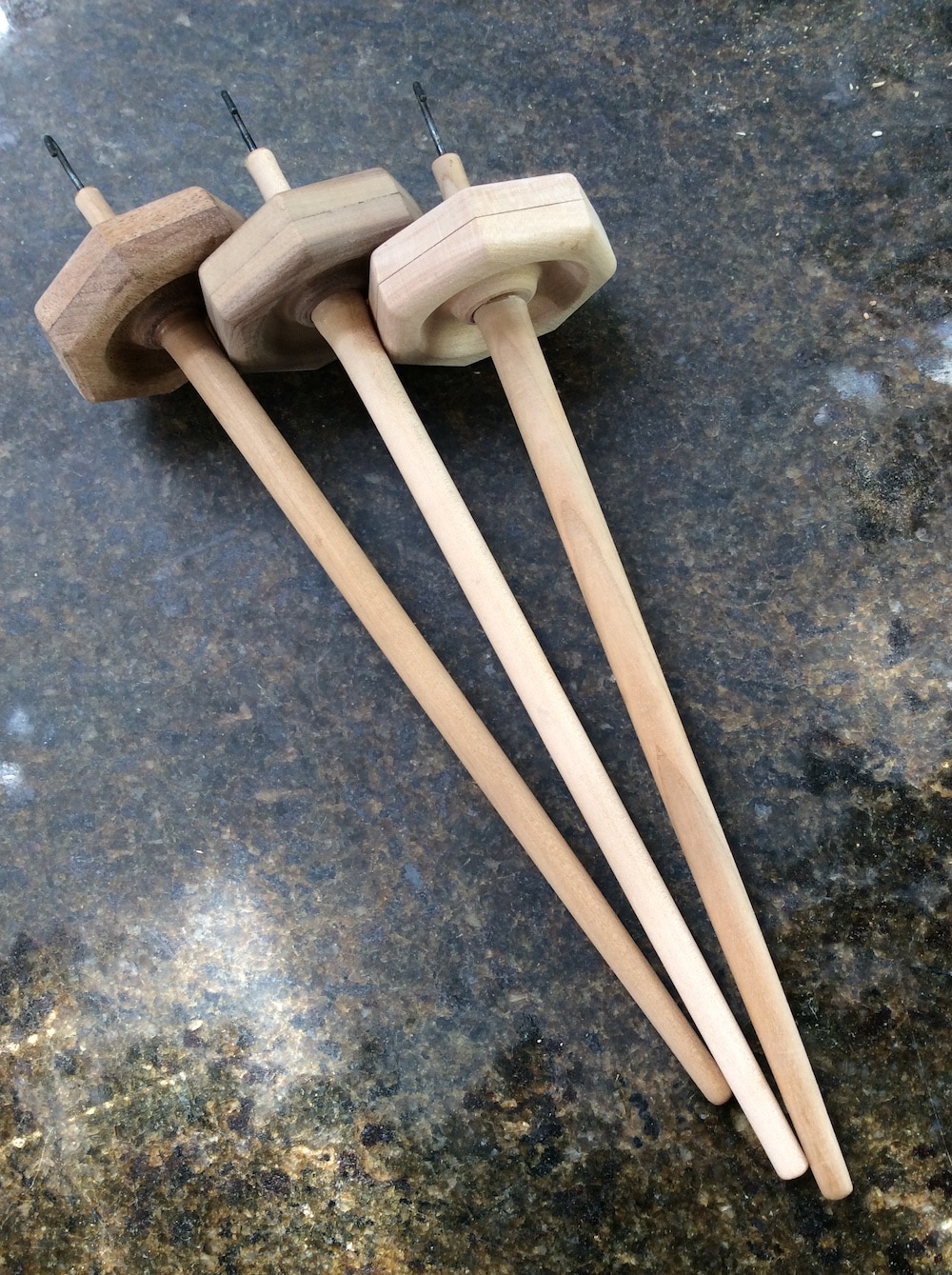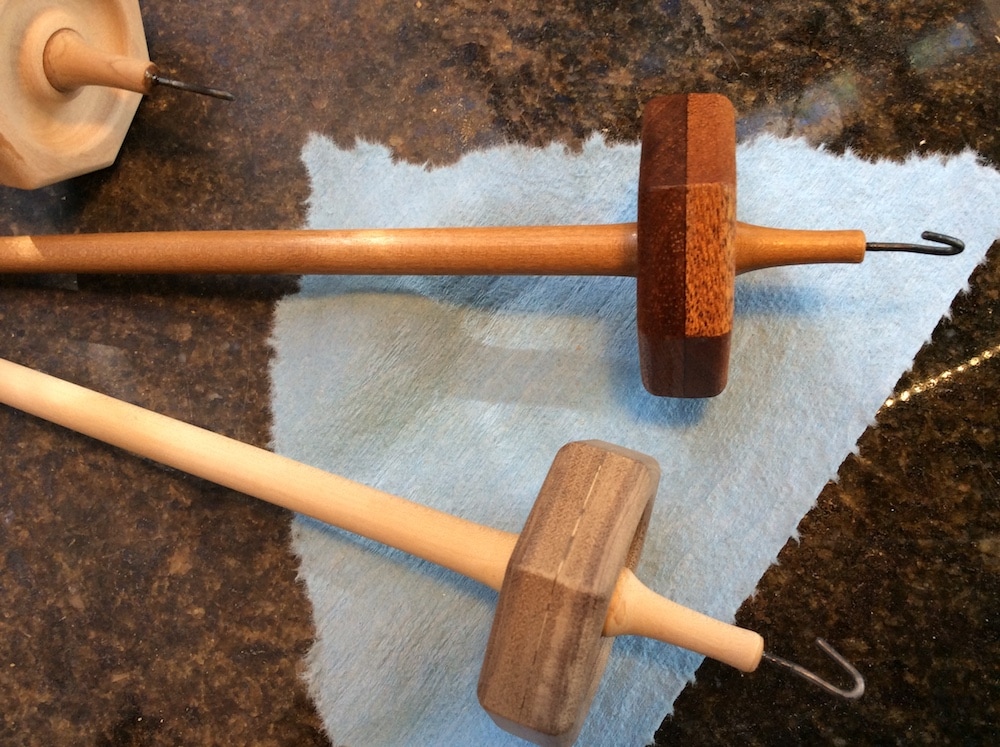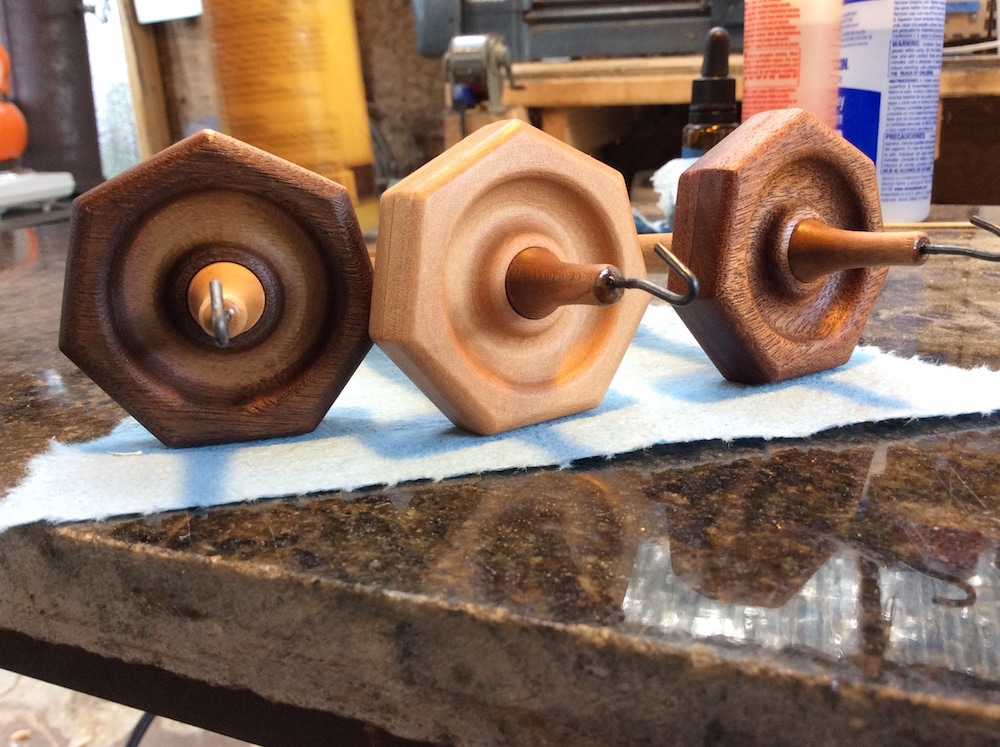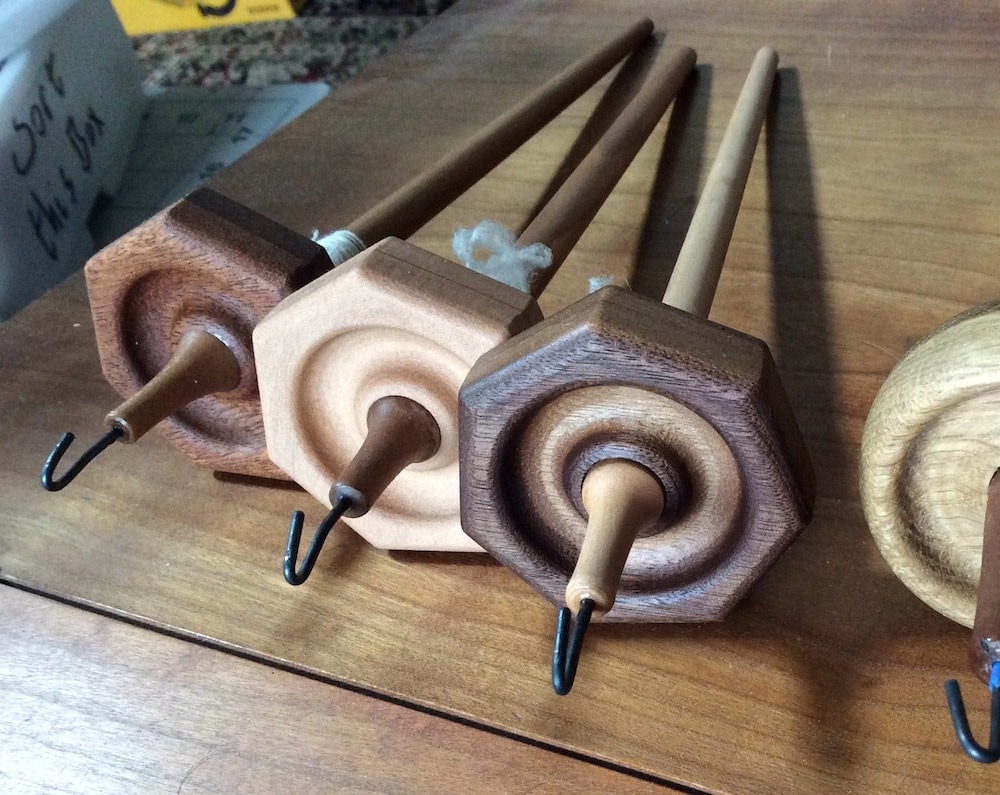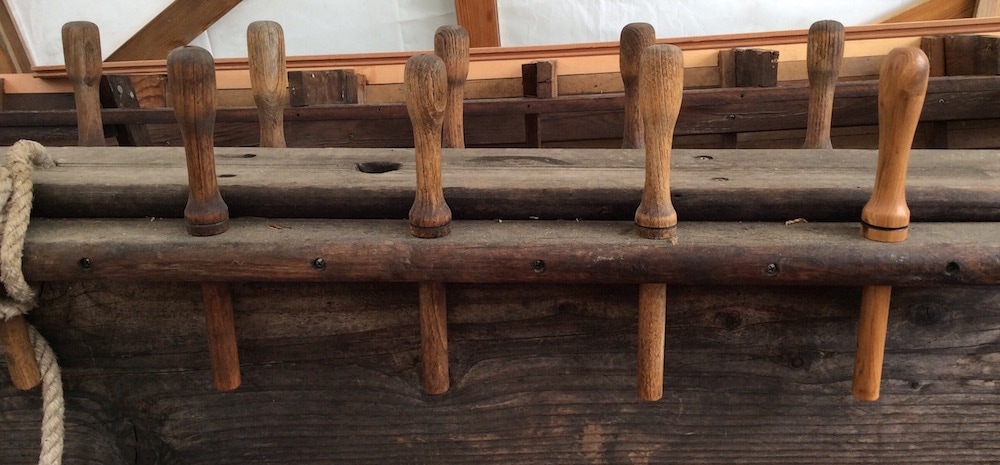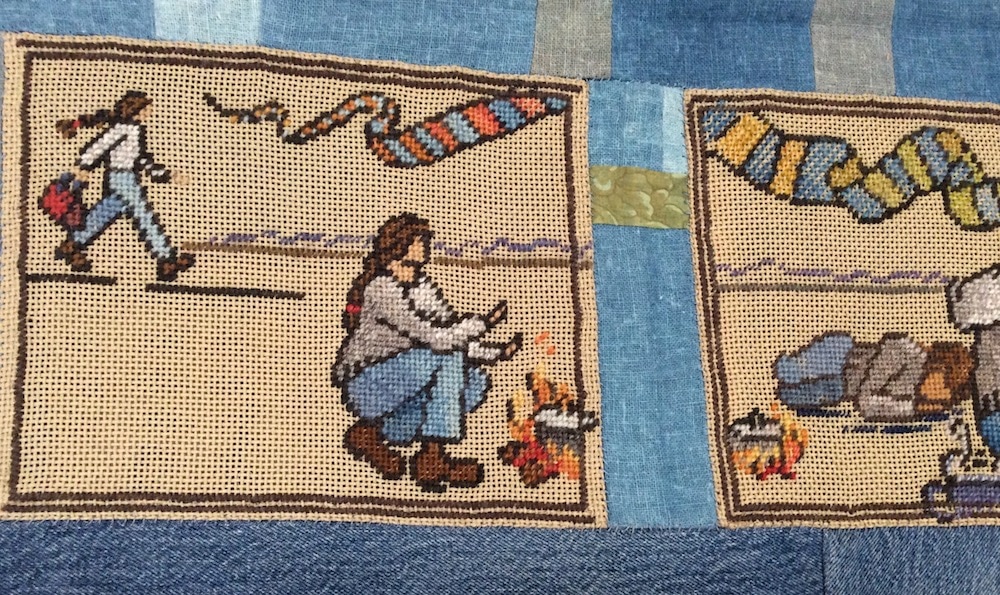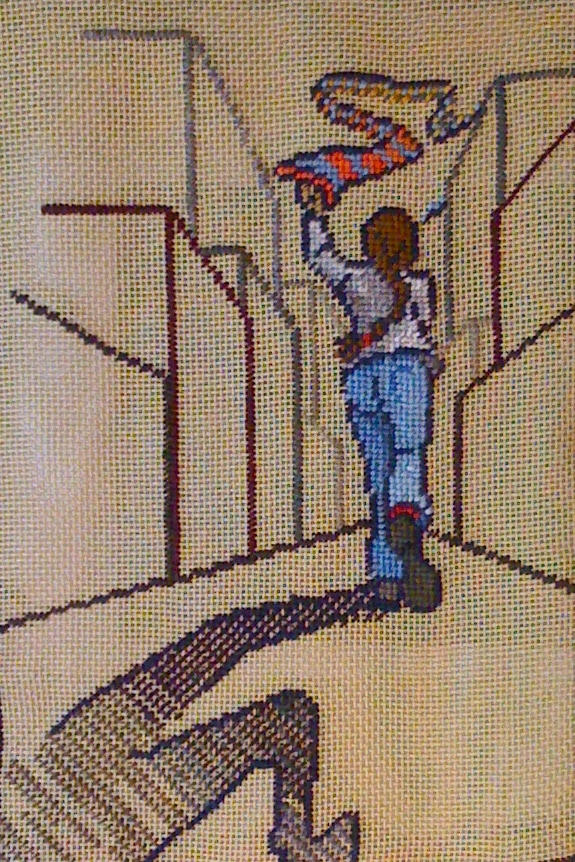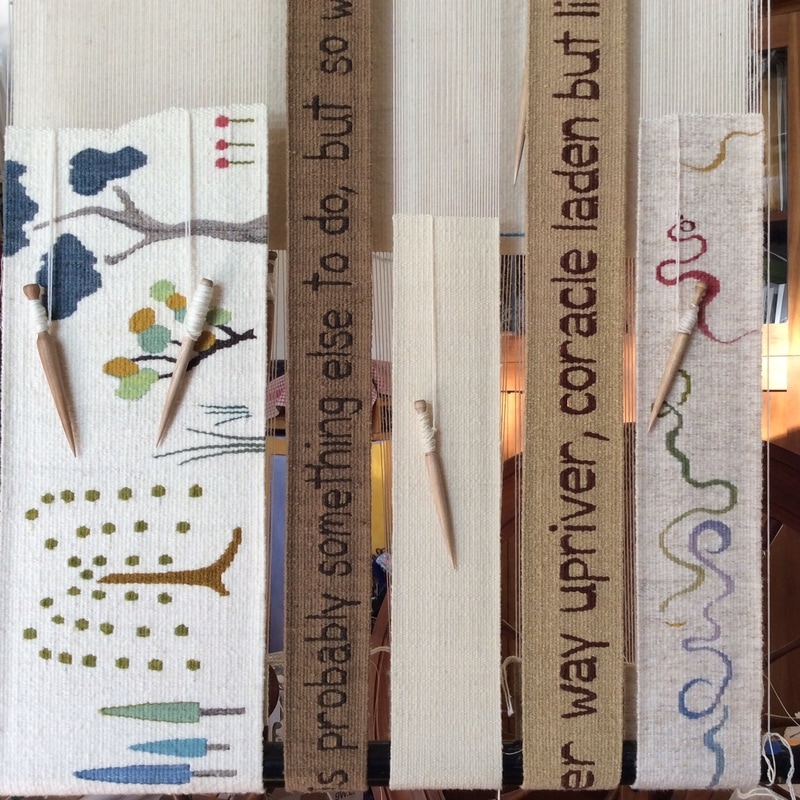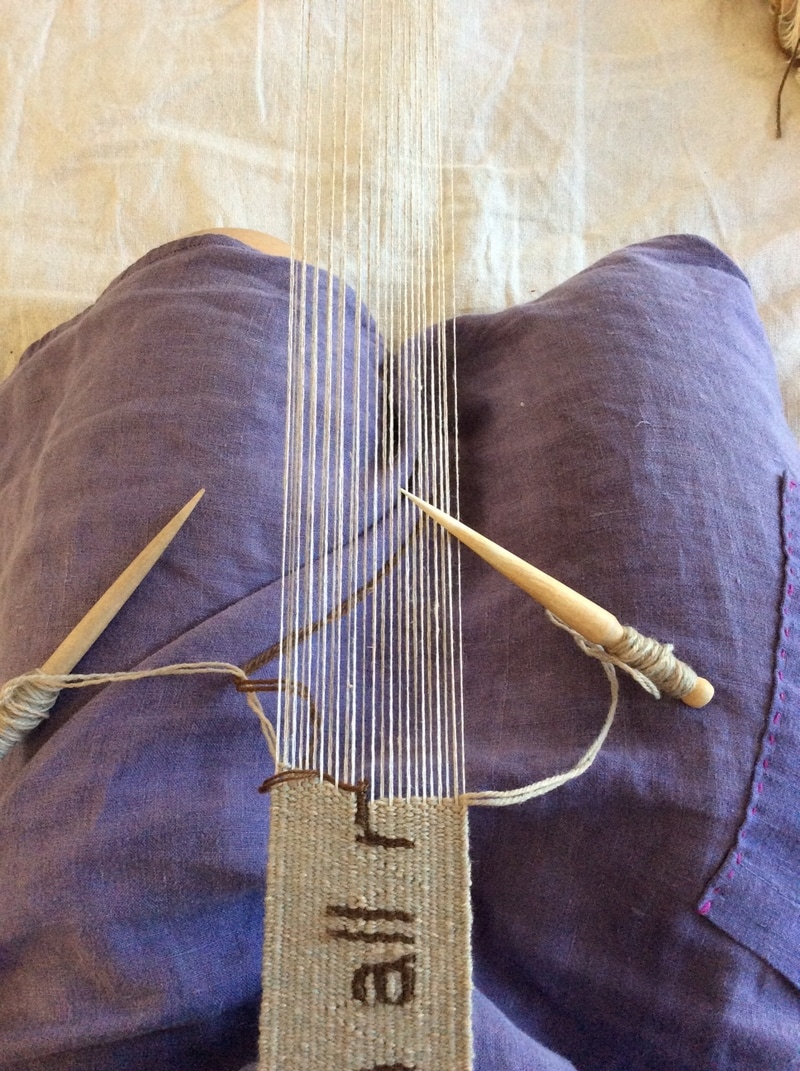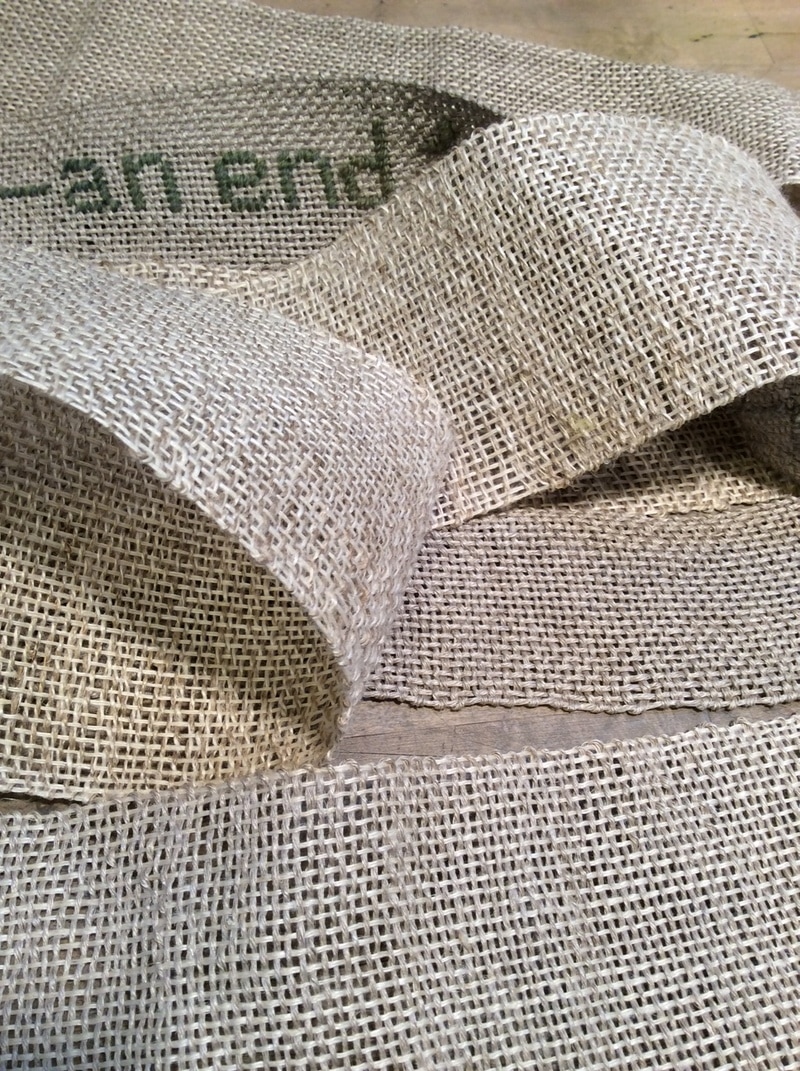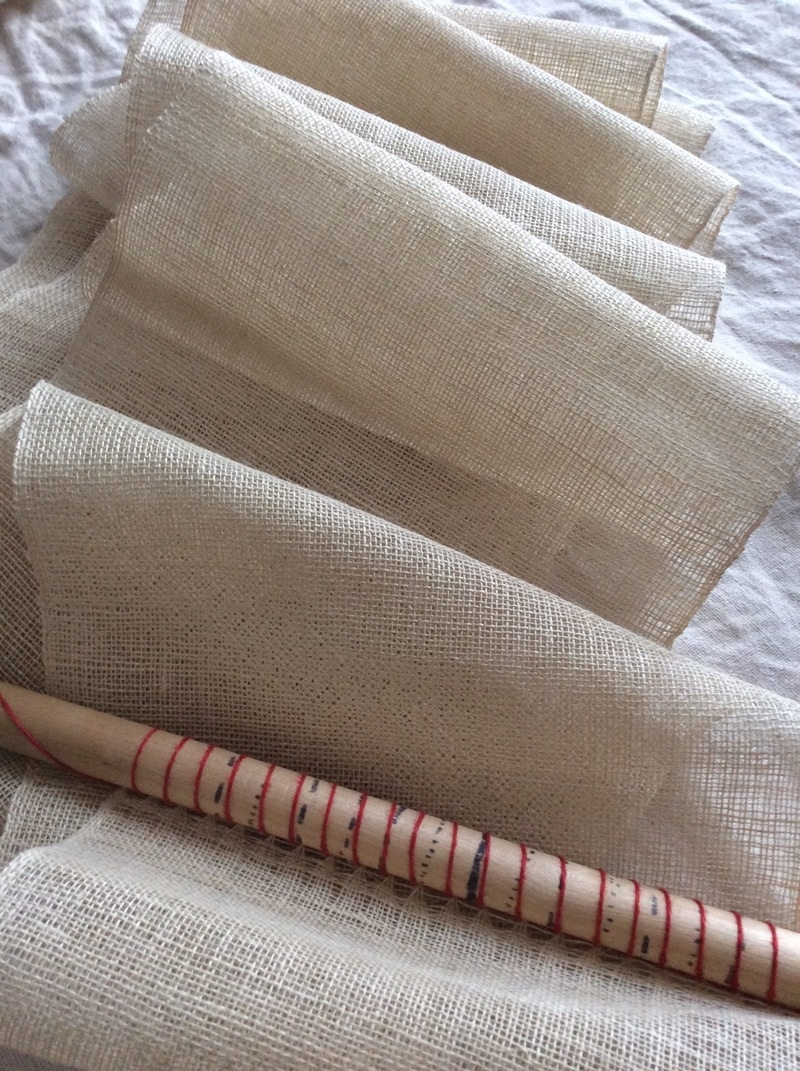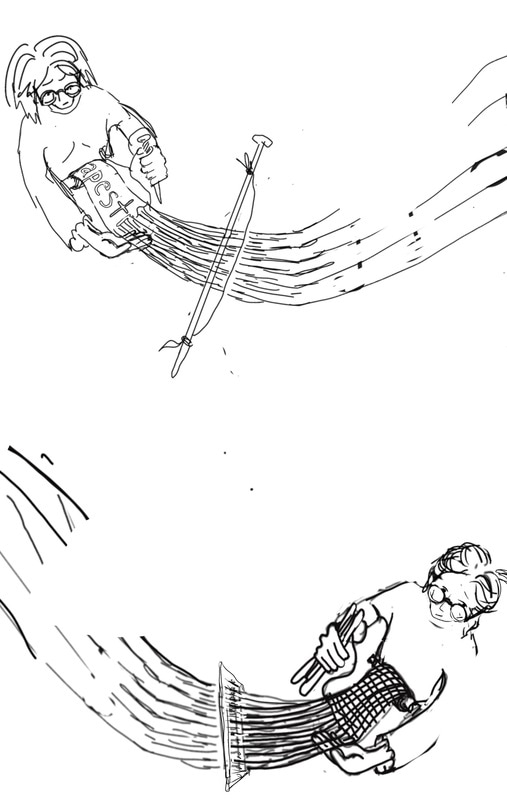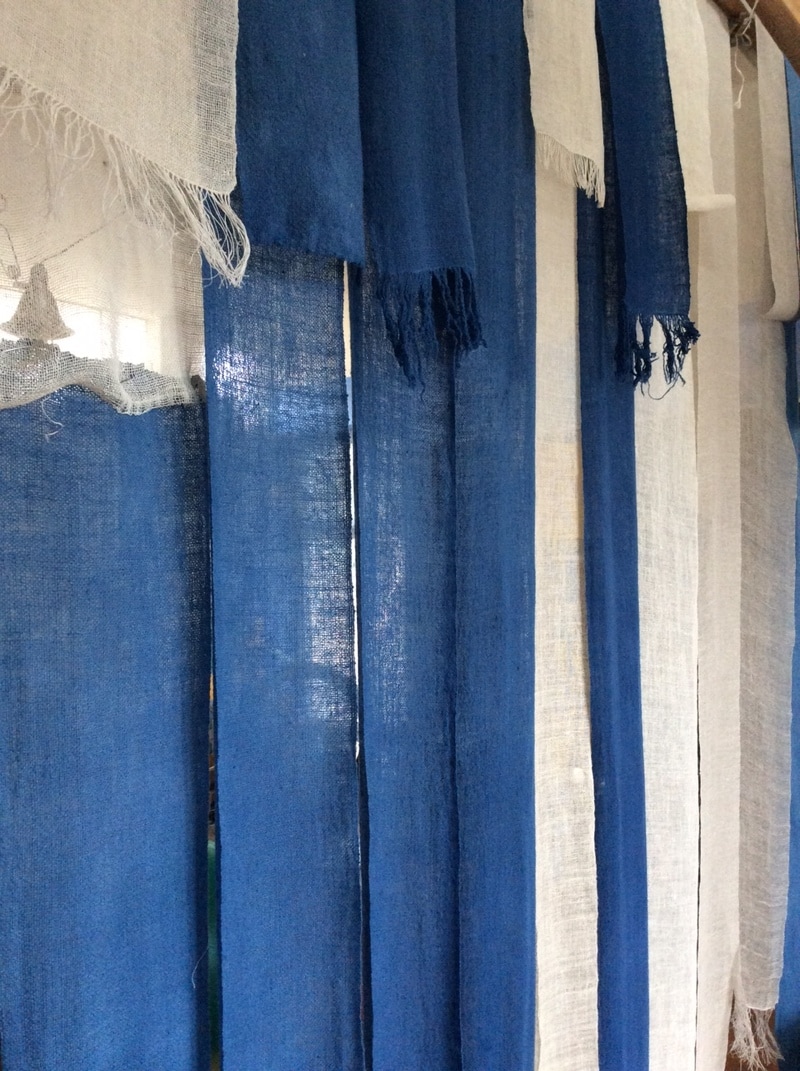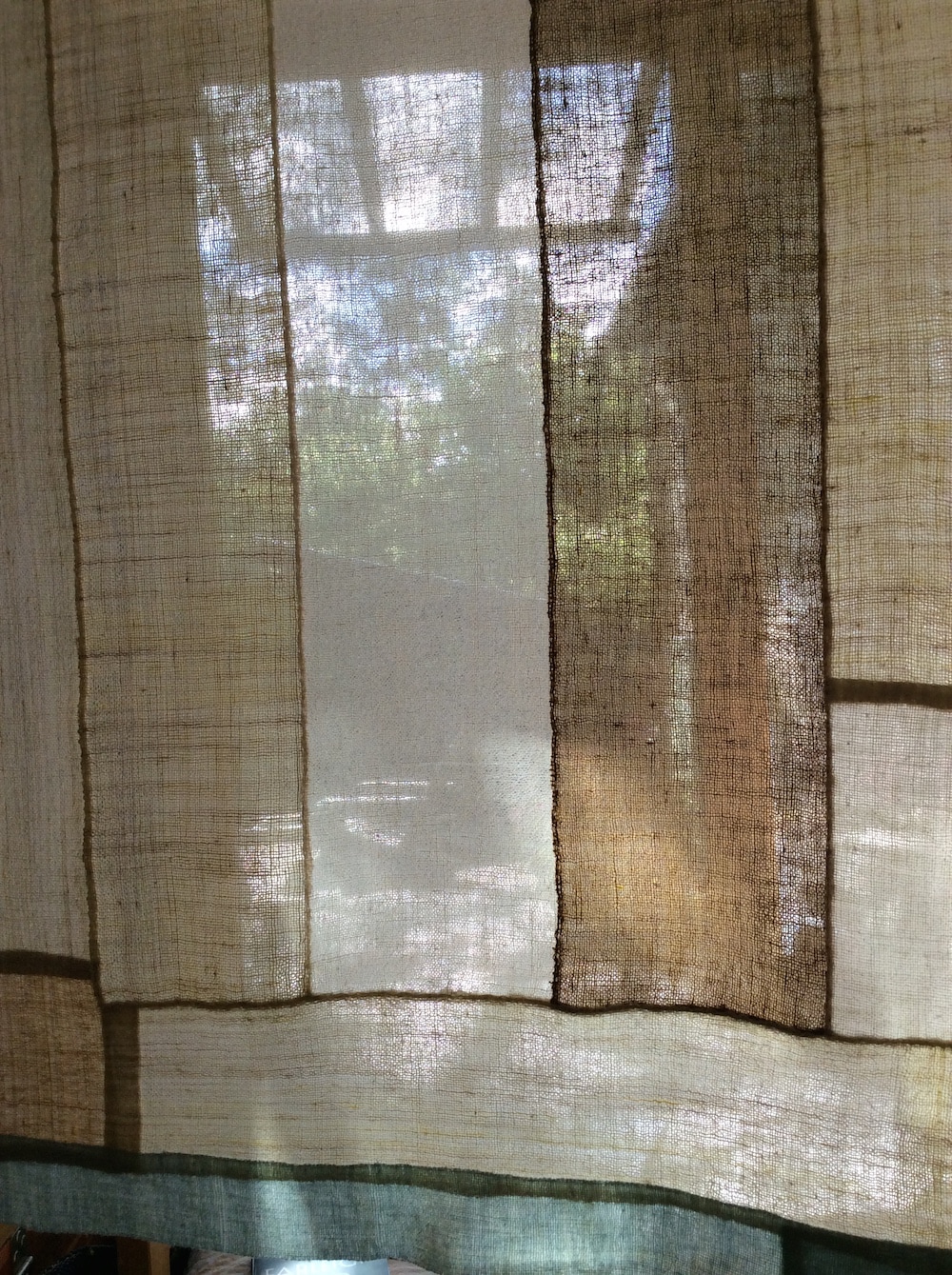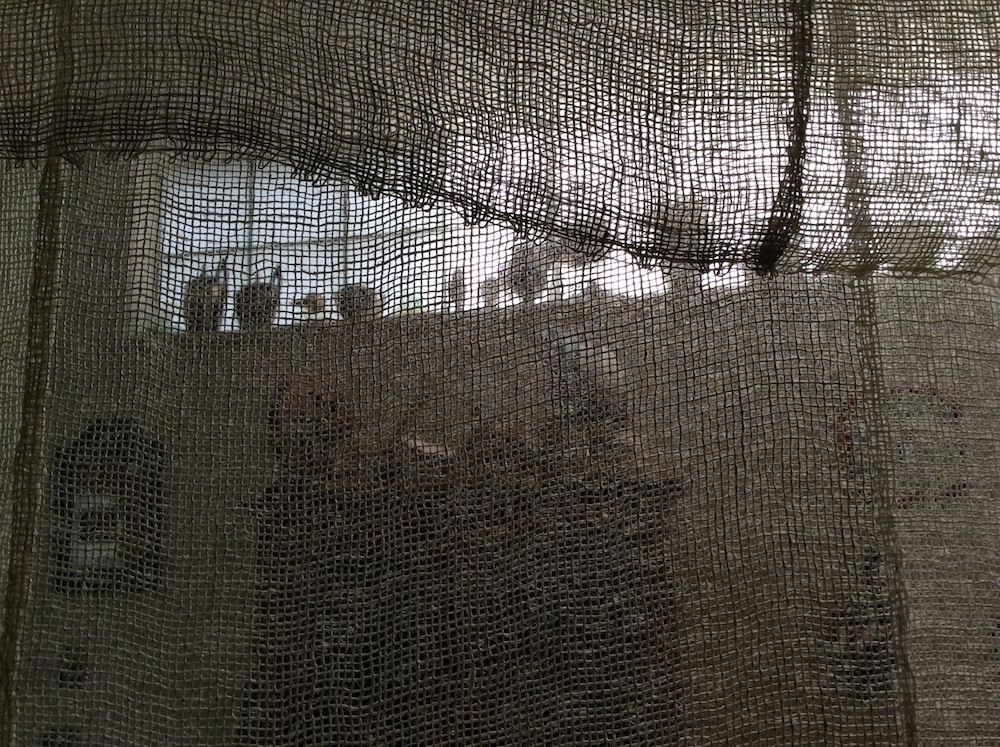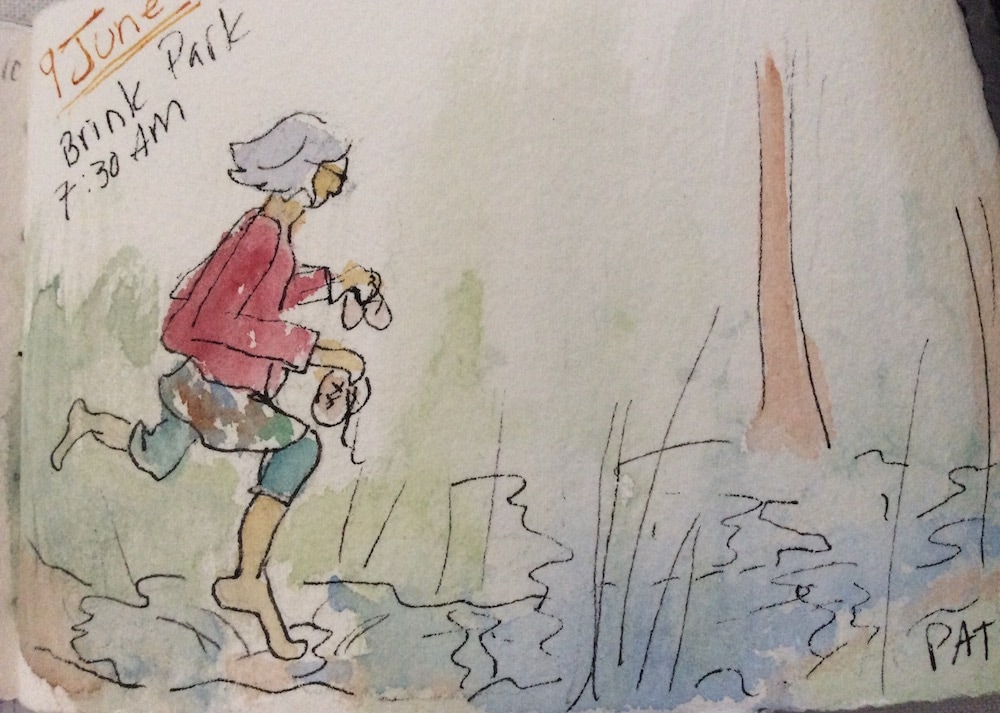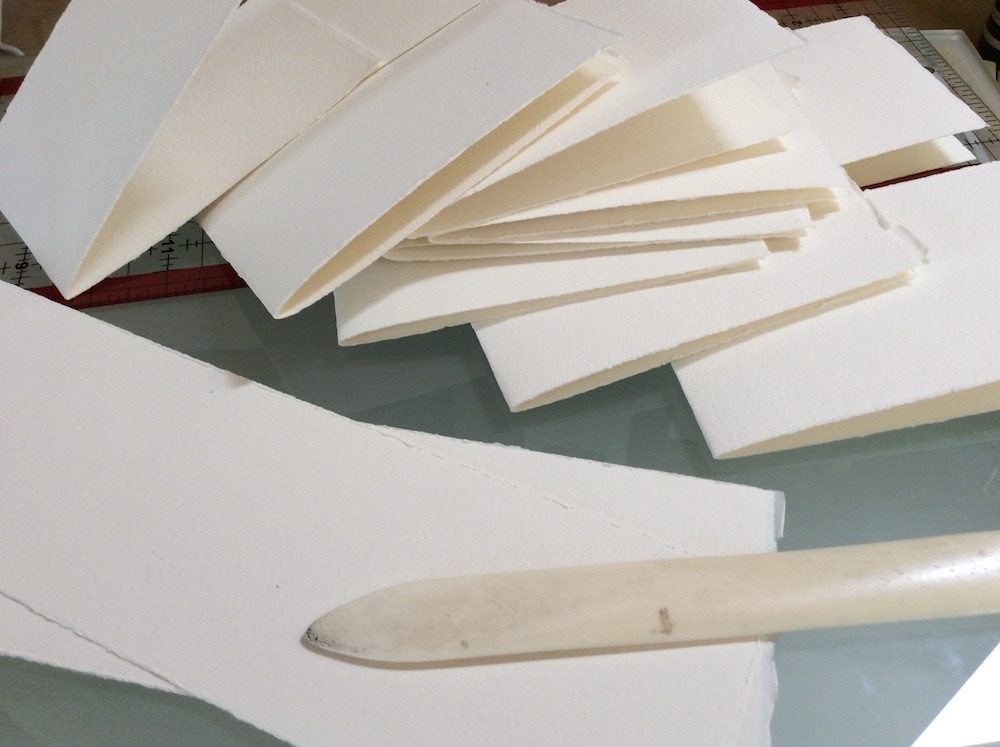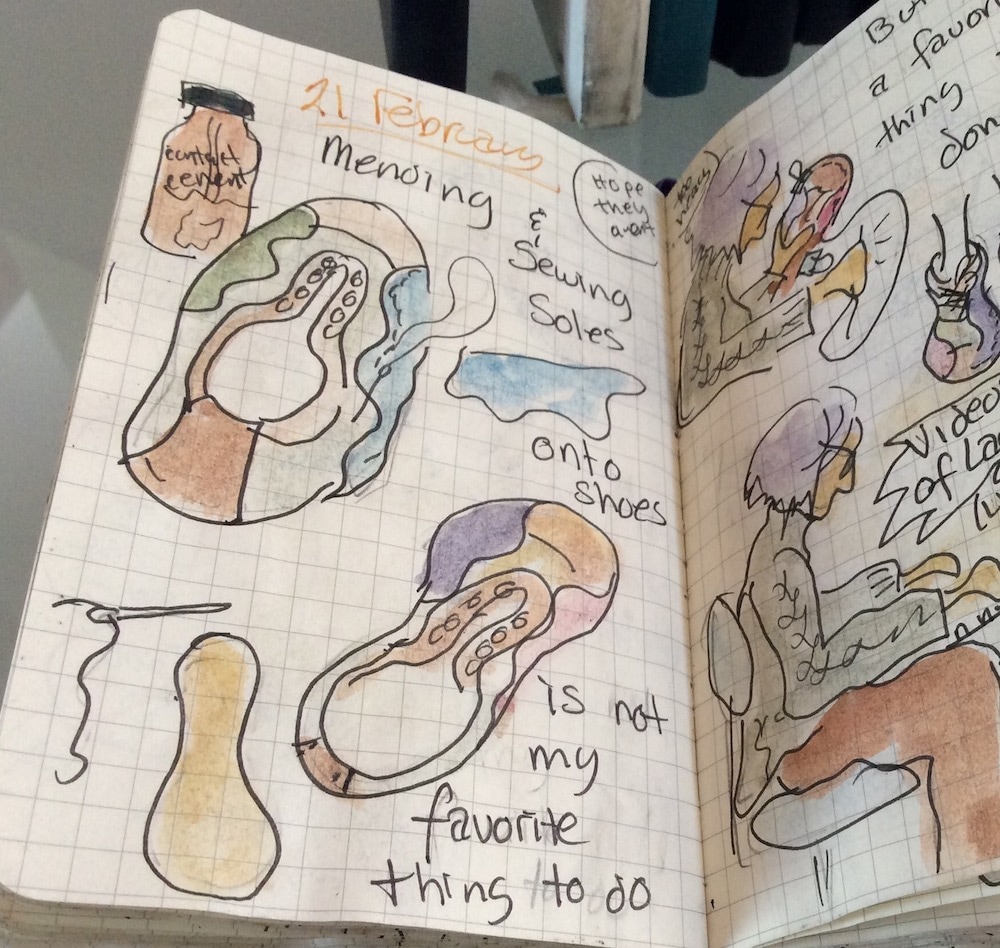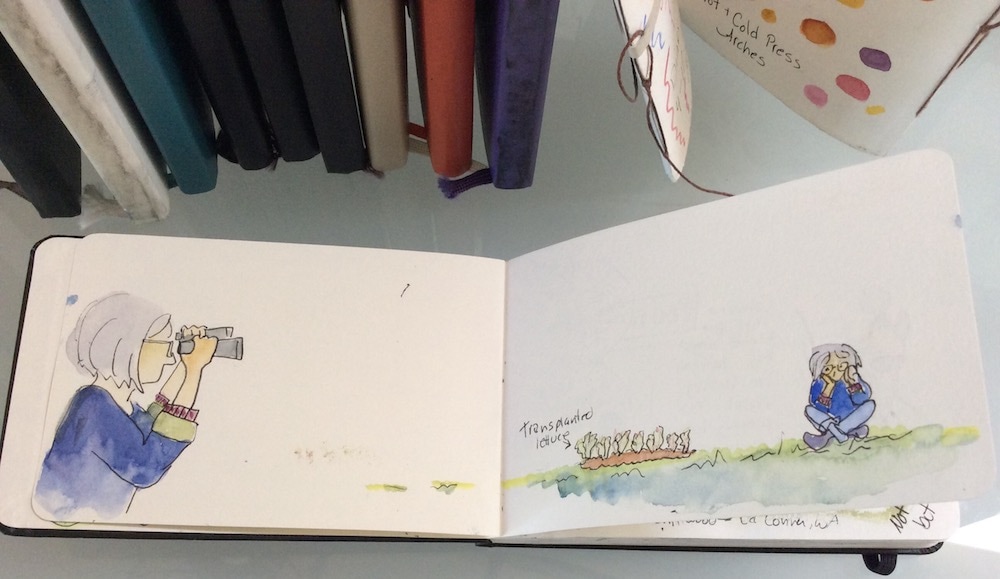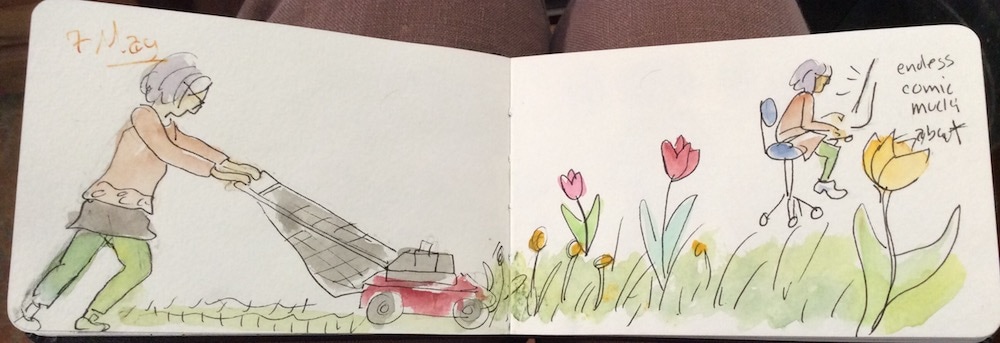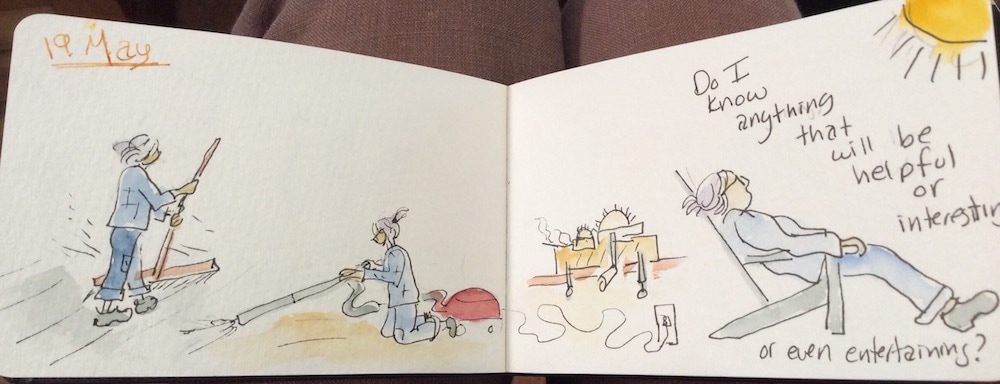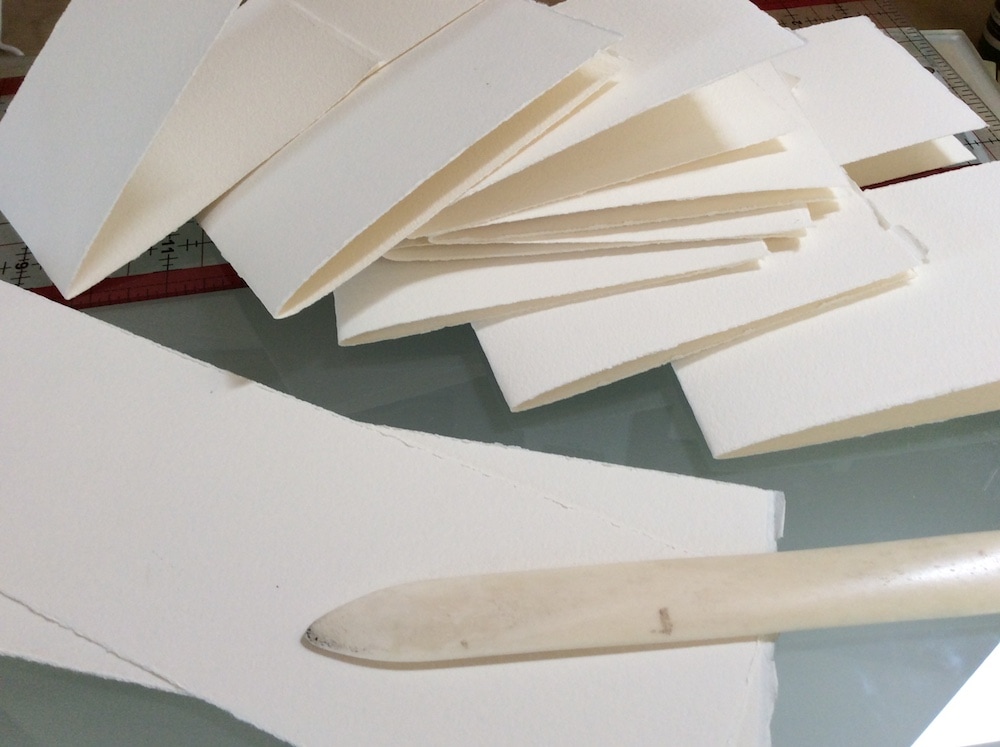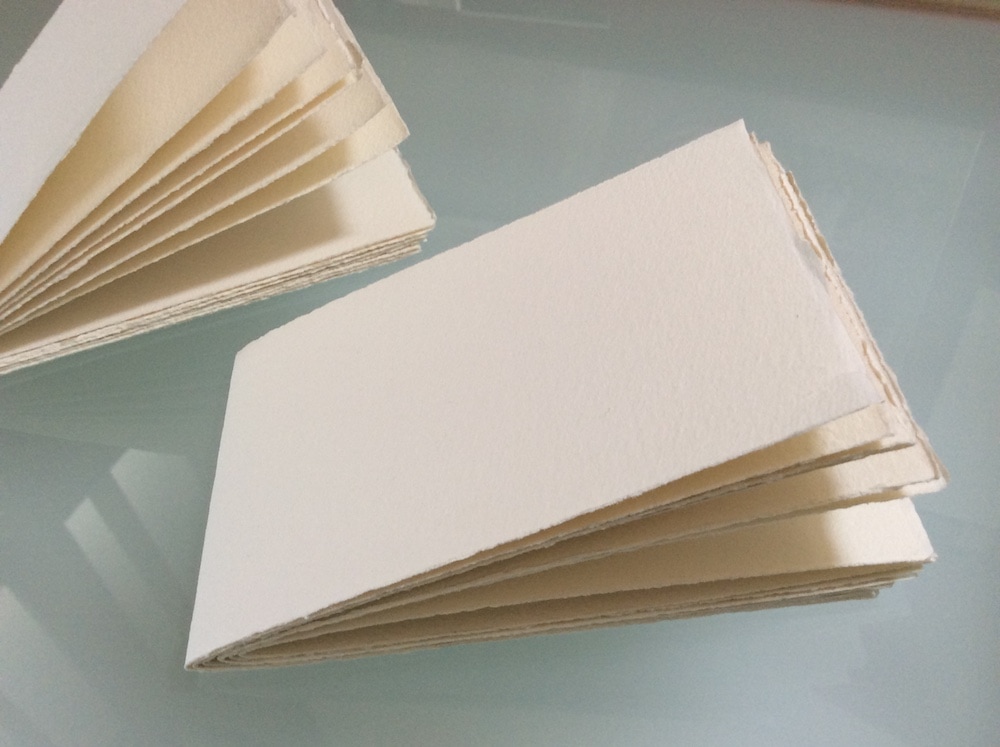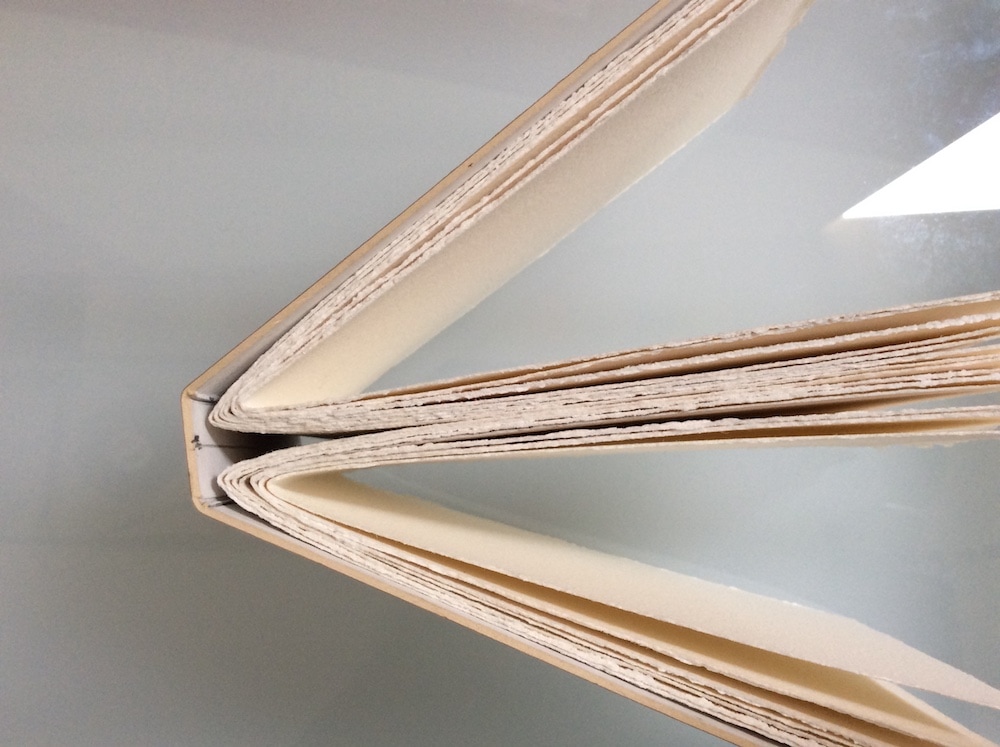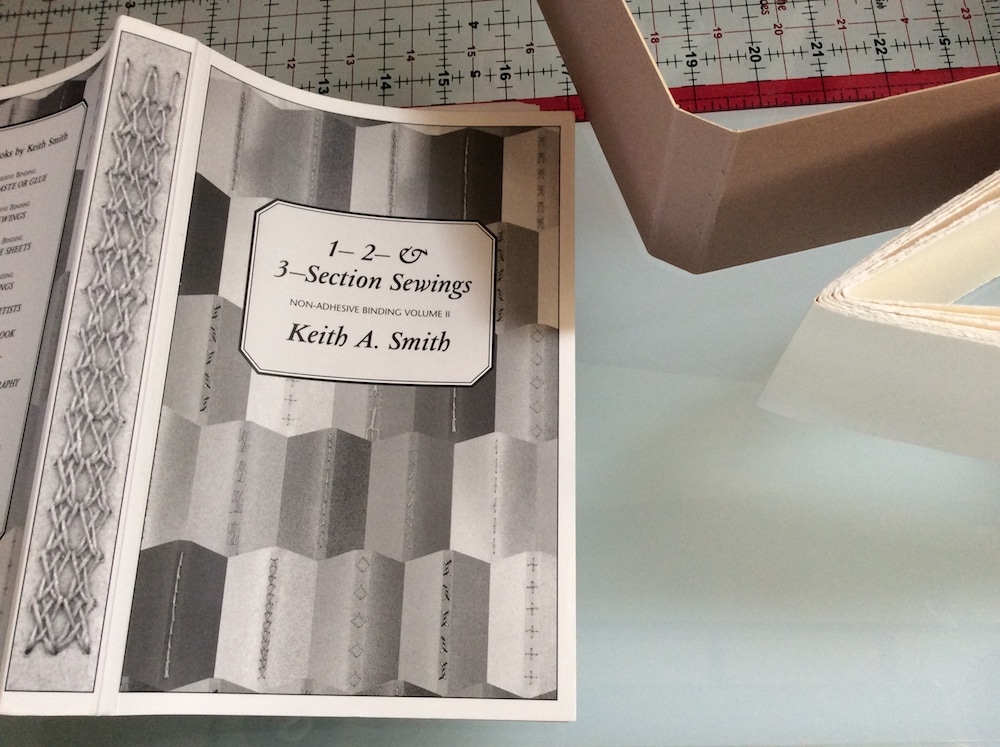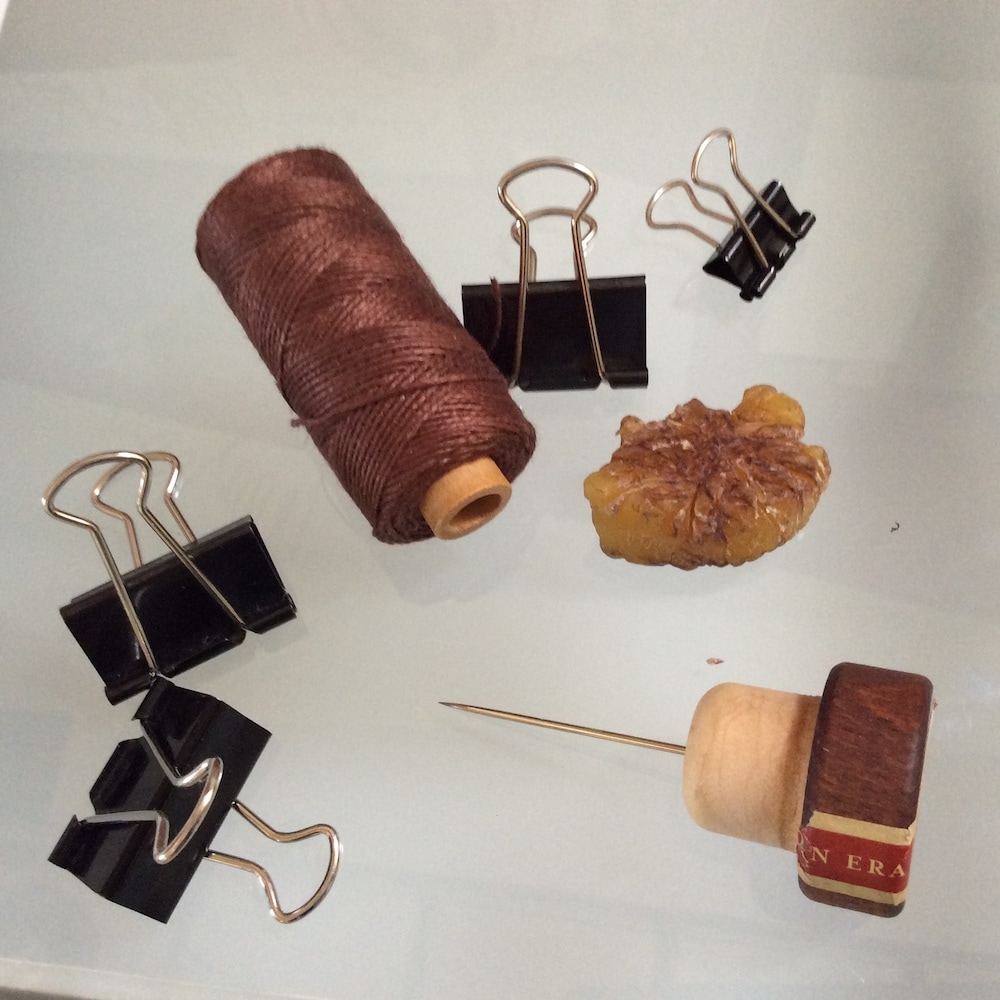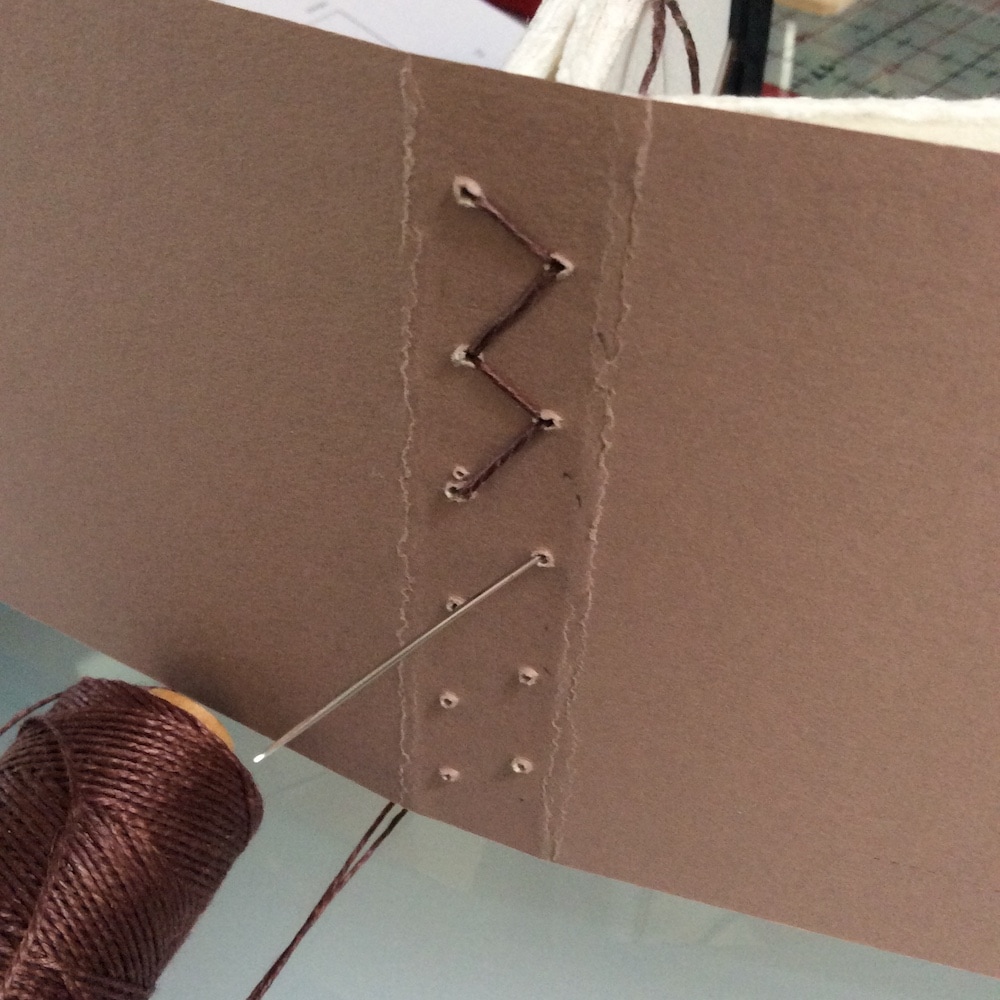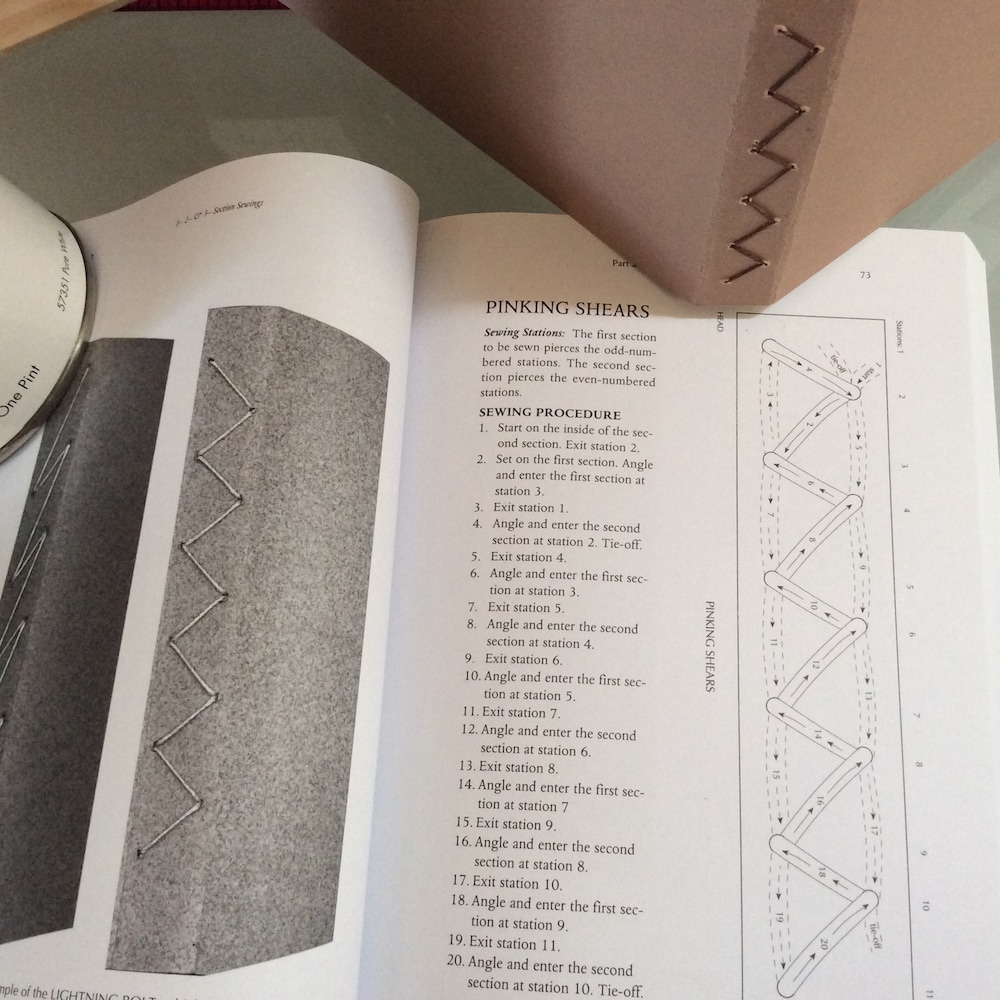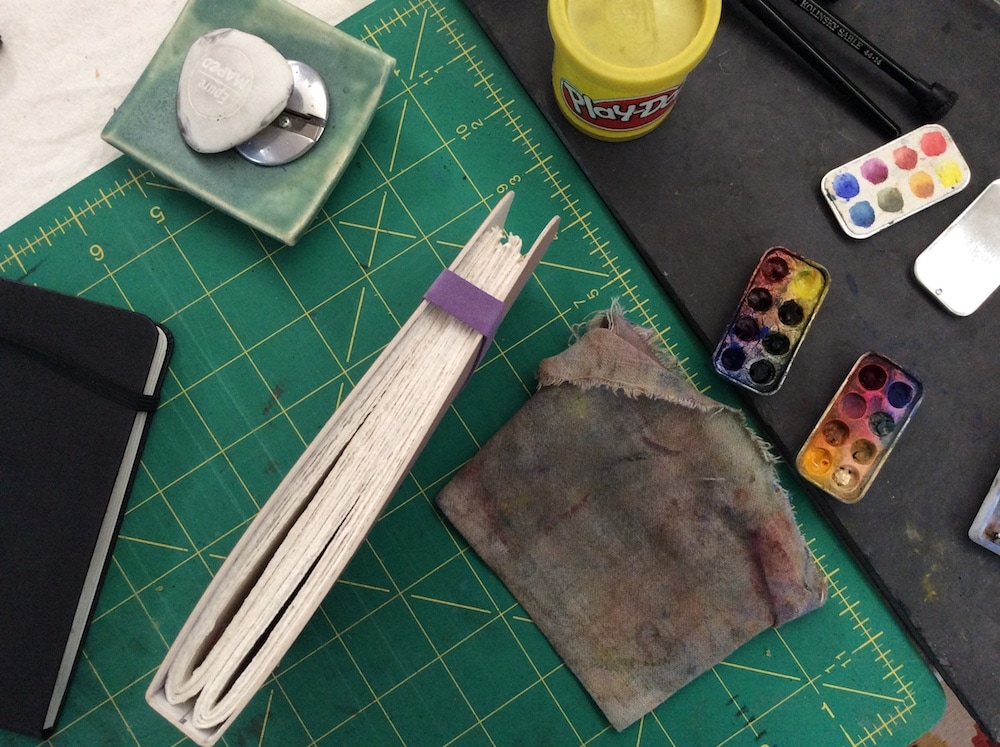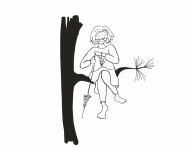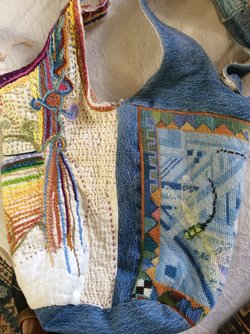
|
Does anyone else have a thing about bags -- that deal where you can't imagine leaving home, much less making it through a trip, without having your elemental stuff in the perfect bag? Or maybe you think you're set with a satchel that is comfortable to carry and has room for all the essentials (flashlight, mug, pocket hang glider, ear plugs, spindle, pencils, dictionary, novel, etc), but then you start a new project that generatesa bunch of material you absolutely MUST have with you at all times to survive whatever the future brings which means that the extra large custom spindle case must be called into action and the bag you were counting on is too small and the one that might work still needs mending and is not, truth to tell (thanks to previous scattershot approach to reinforcing disintegrating fabric), the most sophisticated thing you've ever made, much less mended?  Well that never happens to me...
My spindle and I just got back from visiting my son in Sandpoint, Idaho, a small town on the shores of the largest lake in the state and a sensible place to live if you happen to be an Idaho boatbuilder. And summer (Happy Solstice by the way --summer or winter depending on your hemisphere), by the water is generally pretty boat-centric if you are thus inclined. But sometimes boatbuilders (or boat menders as the case often is when your boats of choice are made out of wood), whose mothers are obsessive spindle spinners, can't resist trying other things with interesting scraps in the stash, and a couple of days ago I actually got to watch a few Hepty spindles being finished. (It turns out I'm too distracting for focused boat work, which makes sense as my work also comes to a screeching halt when anyone is around, and is also 1. a good reason to keep my visits short, because who wants to slow work in progress? 2. a good reason to keep a spindle handy wherever I am, so I never have to fully stop working .) As some of you know, I've been seriously into these spindles for the last year and a half or so ago when Henry made his first hepty as an experiment. I was only supposed to test a few design ideas, but fell so hard for this one that it has been my primary spindle ever since and has, among other things, been the tool I used for all the yarn for this cloth. Henry has now made and sold quite a few of these spindles, and I hope the new owners are as happy with theirs as I have been with mine. Christened the "Hepty" for the heptagonal shape, they are fast and functional, the perfect tool for making the kind of yarn I like best-- fine, well twisted singles that I sometimes ply (2 or 3 or 4 depending), and sometimes use as is for weaving. The Hepty is one of the few spindles I've ever had I haven't had to wait for. One good twirl on my thigh and I can spin a body length of yarn with a decent amount of twist without stopping or needing a second twirl. They are probably not spindles for the beginner as they don't much care for spinning anything thicker than the 7000 ish yards/lb singles that I like best, but that's physics for you. And since I tend to make and use a great deal of the same size yarn, I couldn't ask for anything more. And how else to get work done? The design has evolved over time: among other things the spindles now have a longer shaft for easier spinning when the cop gets big, and this is the first batch with spring steel (rather than brass) hooks for extra 'drop' strength (check out the video in this two-image post). They remain, however, within a gram or two of the original. Because they are faceted, these spindles won't roll of the table accidentally, but because each facet is individually finished, the relationship between facet, hook and yarn is subtly different for each spindle. Most spin the most smoothly when the yarn comes from the facet at the back of the hook, but some prefer to go through the hook from left to right, some right to left, and still others want a single twist around. Still others (mine, actually), prefer one facet to the left or right of the back. But though each one feels subtly different to me depending on hook and wood (amazing the difference a gram or two makes), I'd happily wander off with any one of them because they all feel like the excellent yarn-making tools I find them to be. Except that I won't, because I'm still so in love with mine that I couldn't bear to cheat on her or hurt her feelings. 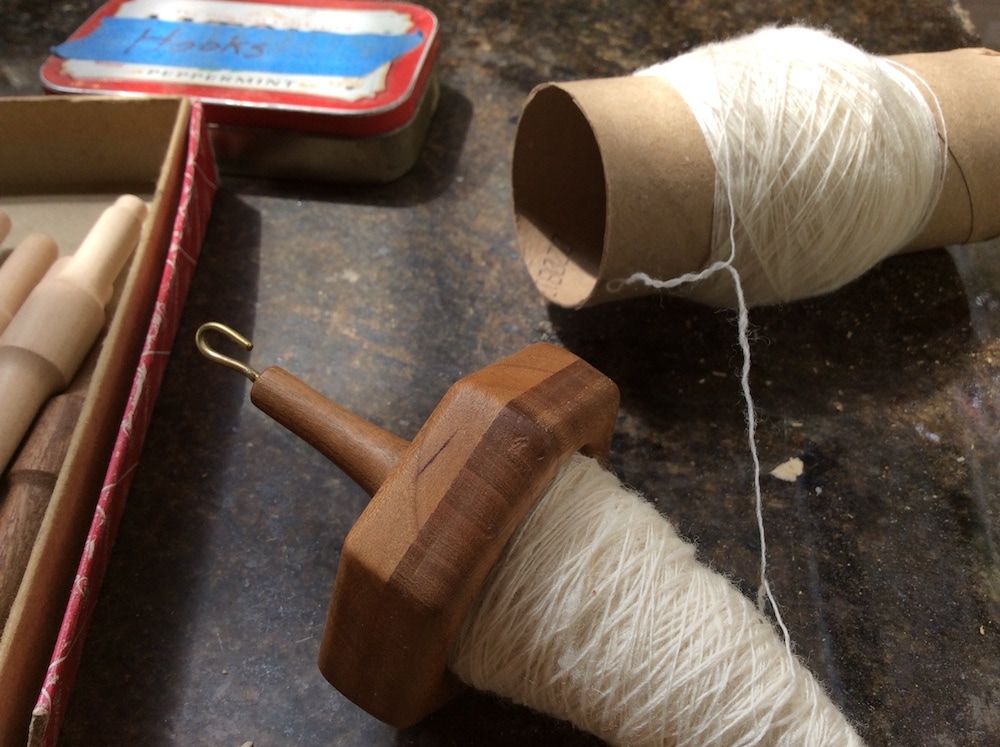 My fancy system for storing singles on the go, and a close look at a few scratches in my well used tool. Shortly after I took this photo, I, too, got a new spring steel hook! My fancy system for storing singles on the go, and a close look at a few scratches in my well used tool. Shortly after I took this photo, I, too, got a new spring steel hook! All of this sounds like a great deal of flagrant advertising, and I suppose in one sense it is as I cannot help being thrilled that my kid can make such fabulous tools. But since he only makes them when he has time between boat projects, usually just in the winter, and two of the spindles shown above are already spoken for, it's a little silly to 'advertise' now, so mostly I'm writing because I was so tickled to get to hang out in Sandpoint, watch these babes being made, and 'test' them till I ran out of fleece.
That said, though there will probably be quite a wait for the next batch, you can contact him at henrycedwards @ gmail.com (delete the spaces to make it work) and get on his list. And perhaps if said list gets long, and the wood stash gets interesting, and the belaying pins are all in place, and the boat deck gets done... What is it? A collection, yes, but a collection of what -- similar objects? Similar ideas? How do you know when you have one? Can long narrow strips of metaphorical fabric in a three panel needlepoint comic about chasing dreams that I stitched several years ago and blogged about here --a comic that at the time seemed complete unto itself-- morph into other work that is seemingly different but actually, oddly, the same in spirit? Well yes, I think it can. Not that I was thinking about connections as the work unfolded. I'm rarely that organized. But looking backwards, and drawing another comic leads me to see that work that felt new and wildly unconnected while I was making it is actually just another step on an undulating path. So when the deadline looms (pardon the pun), ready or not (and I'm not, quite), it feels perfectly reasonable to fit things together, make an inventory list, label the tapestries, roll up the panels of comics, press the translucent panels of cloth, bundle it all up, take off my boots, and cross the river. 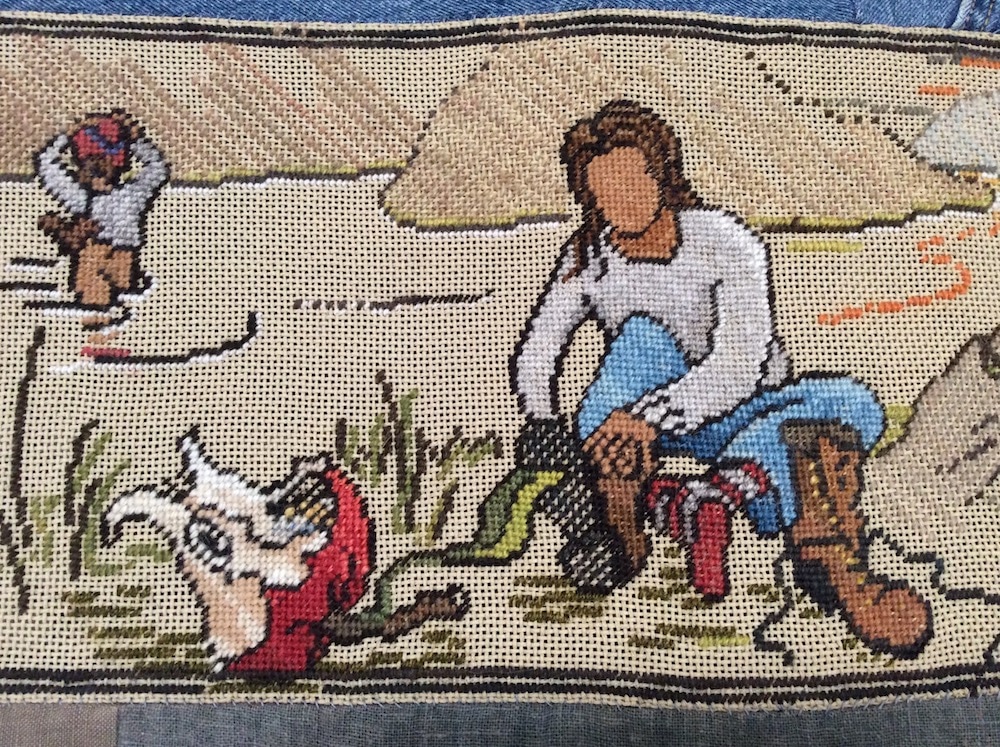 Stripes III (detail); needlepoint comics; wool; cotton; natural dye; 60" x 40" Stripes III (detail); needlepoint comics; wool; cotton; natural dye; 60" x 40" Then eventually, when all is unrolled and hanging on white walls, or sweeping through the air in a light-filled gallery, we can call it a body of work, or not -- can't know for sure till it is up. But either way it'll be time to lace my boots and continue on, where ever it is that I am going. Or maybe next time I'll just go barefoot.
This morning I made myself a new comic diary. Back in January I wrote a little about my diary habit/ practice/ addiction; my hope, then, was that I'd keep using watercolor in my (mostly) daily entries. So far, this has not been a problem -- indeed adding the color has become one of my favorite parts. What did become a problem was the paper in the Moleskine notebooks. Part of my early thinking about the diaries was that if I made them too fancy I might expect myself to produce something 'good' every day, and that would be inhibiting. So instead of books with 'drawing' paper (which I find a little slimy anyway), I chose the ones with thin lined paper and, coincidentally, the most pages so I didn't need a new one very often. This strategy worked very well until the inking/watercolor thing became habit and I found myself with wrinkled paper, bleeding color and pages torn and taped after a too vigorous erasing of pencil lines. Taping pages is a hassle. And I do like water in my watercolor. Finally, annoyed and brave in equal measure, I ordered a Moleskine with their 'special' watercolor paper (none in the local book store). Alas, however, when it finally arrived I was disconcerted to find that it was Landscape rather than portrait format. How had I missed that? Now I had two things to get used to: new paper AND new layout. Arrrghghghg. My assumption was that I would like the the paper but not the stretched out format -- so linear. As so often happens, however, what I think I'll like, I don't and what I don't think I'll like, I do. Who knew I could put my entire backyard on one two page spread? But that notebook is almost full (a drawback to thick paper) and I this morning I had to decide -- re-order or make one. 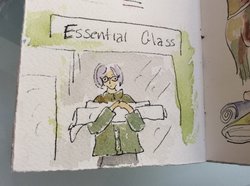 emergency comic diary made while waiting for the backordered Moleskin watercolor book; 300 lb cold press paper; emergency comic diary made while waiting for the backordered Moleskin watercolor book; 300 lb cold press paper; Happily, I had one piece of Arches 300 lb cold press in the basement and though not a full sheet, it was exactly divisible by 3 1/2" and 11" (for a 3 1/2" x 5 1/2" book) Such luck! It's really nice paper, but I believe I'm now committed enough to this practice to just bliss out on the way the paint skips and dances across the bumps and settles with such richness into the holes. The cold press is not terrific for inking (not like the hot press on the adjacent test page above), but right now it feels just right. And if i don't like it -- well it'll probably be full in a couple of months (or less), and I can revisit the question. And in the meantime: score, tear, fold, score, tear, fold, score, tear, fold... Such a treat to get to work with my trusty paper tools: bone folder, beeswax, linen thread, translucent ruler, and my super deluxe hole poker. Happily, I do not have perfectionist tendencies in the book making realm. Soon is better than perfect. But no, that's not true.
Given my fussyness about paper and format, I guess my perfectionist tendencies are reserved for the endless process of refining tools and processes that, however half-assed, are somehow perfect for me. I feel so fortunate to have these choices, to be able to commit my angst to paper in a way that somehow helps to make it (the angst), less important, leaving me free to -- well, you know, save the world and stuff. |
Sarah C Swett
|
